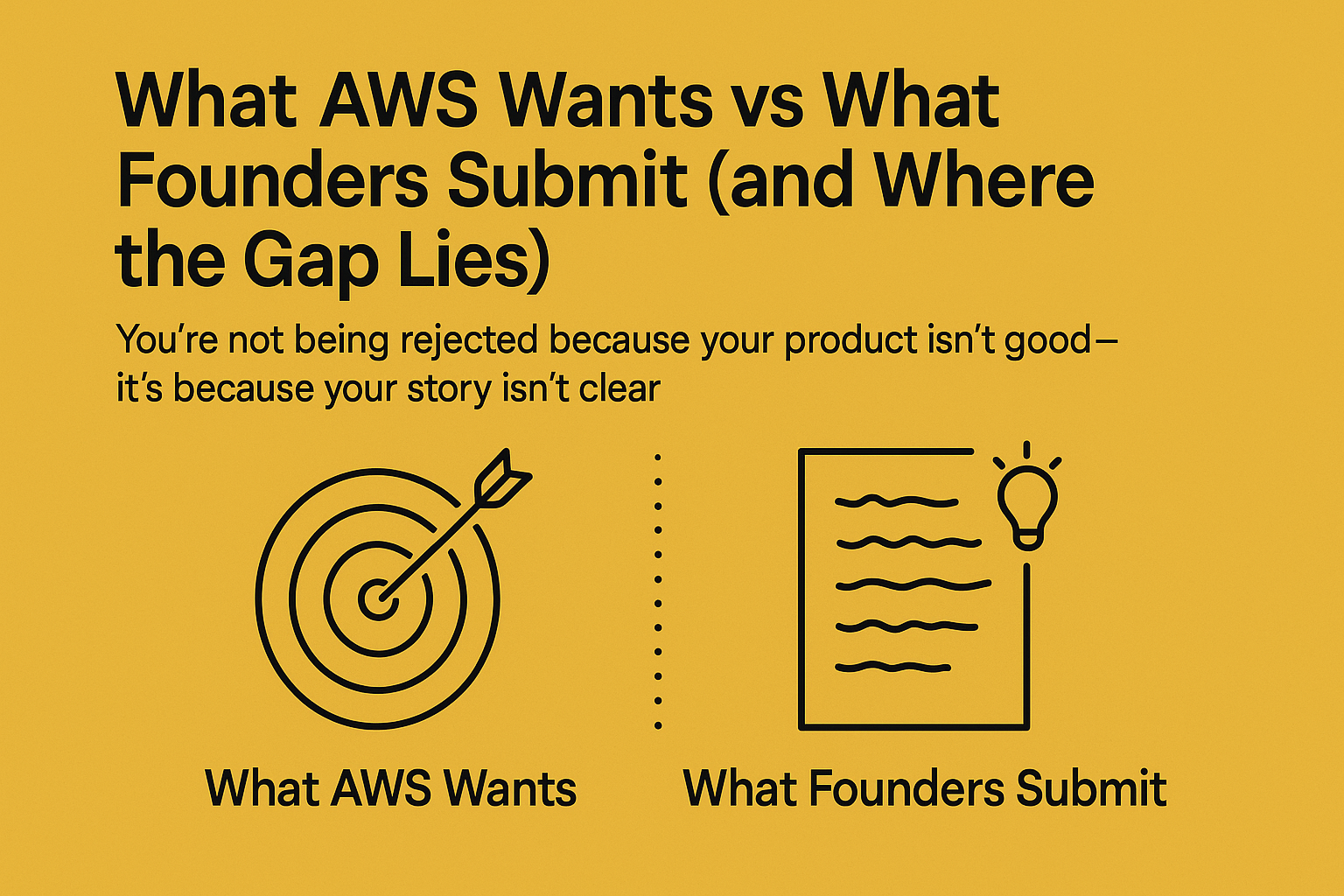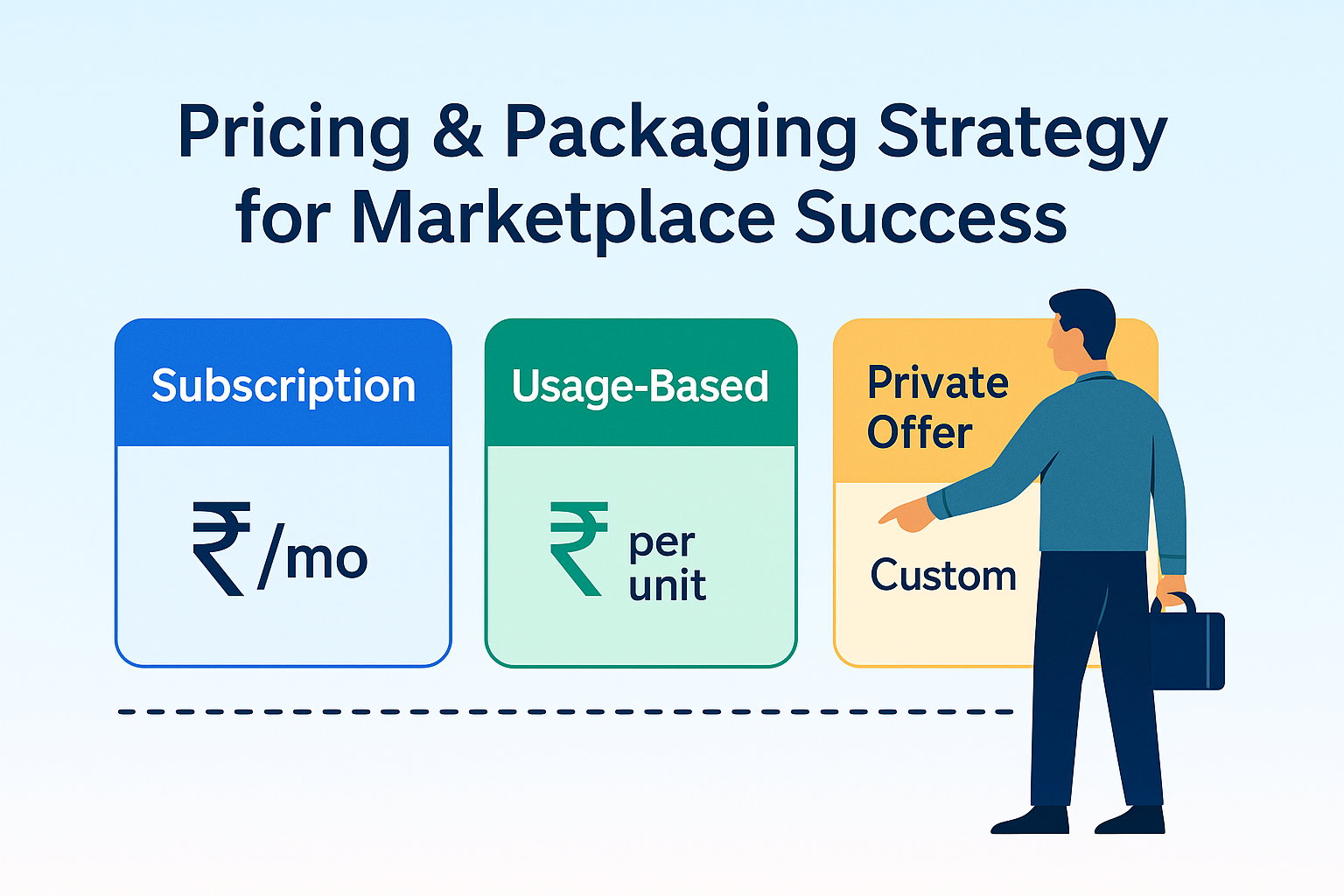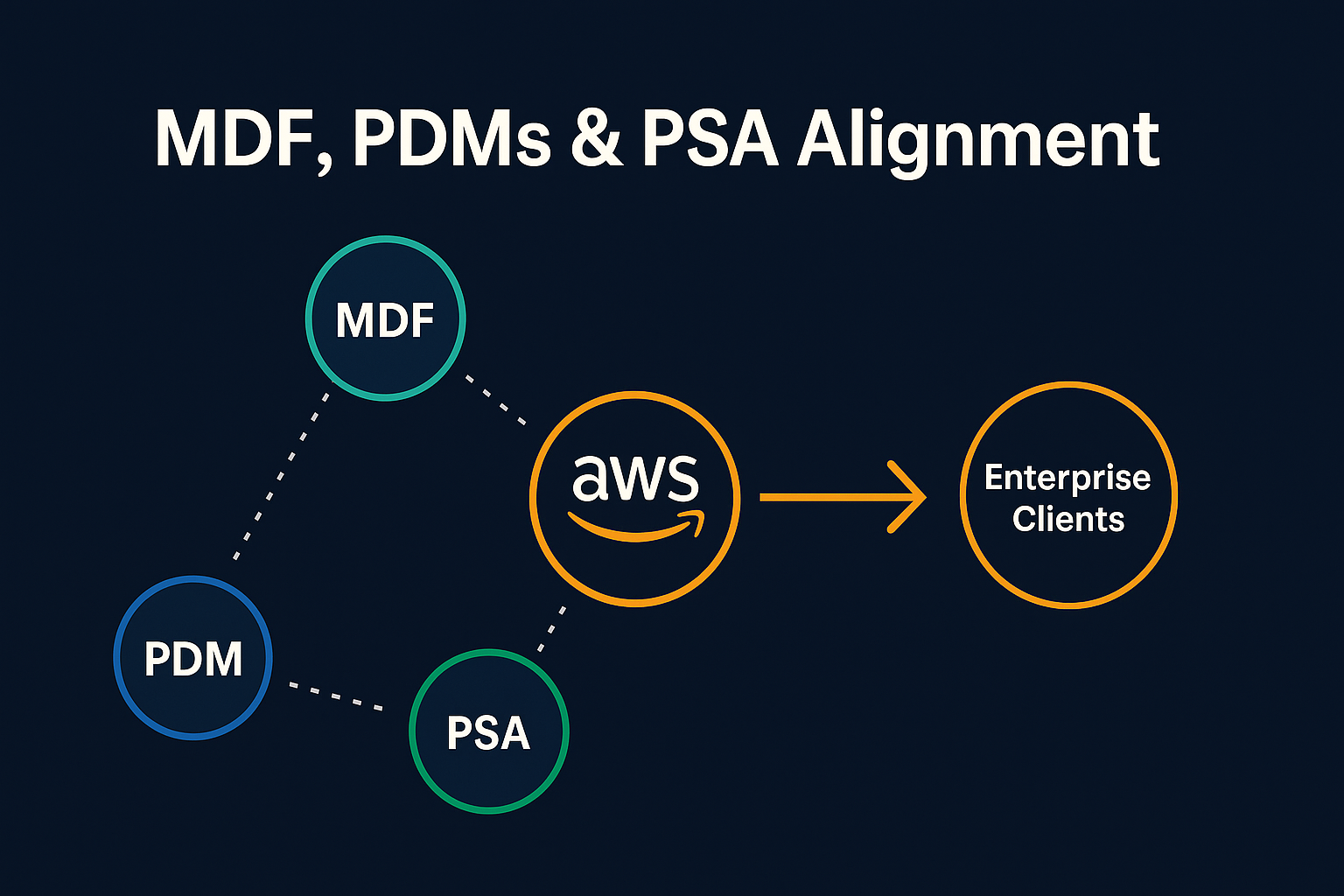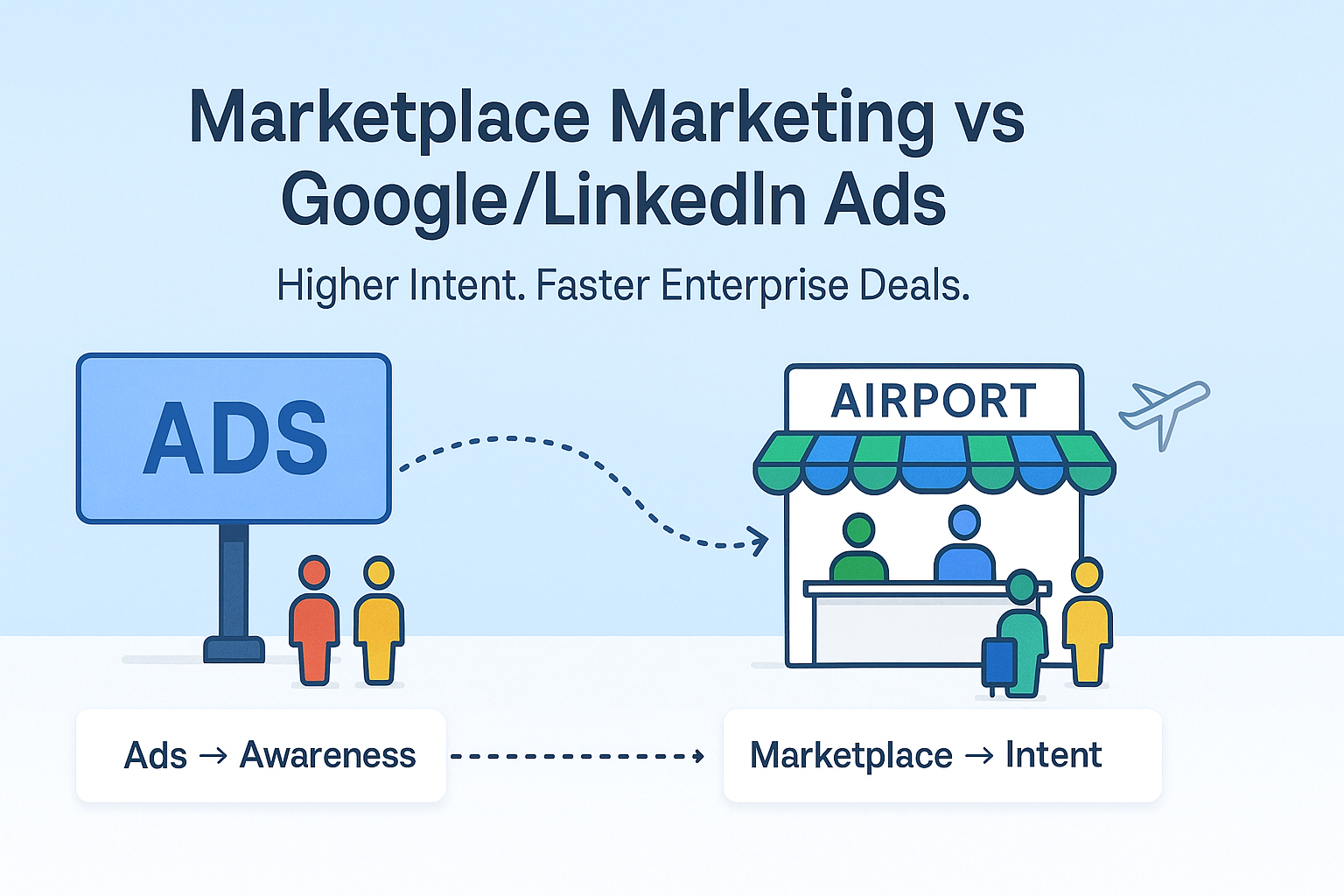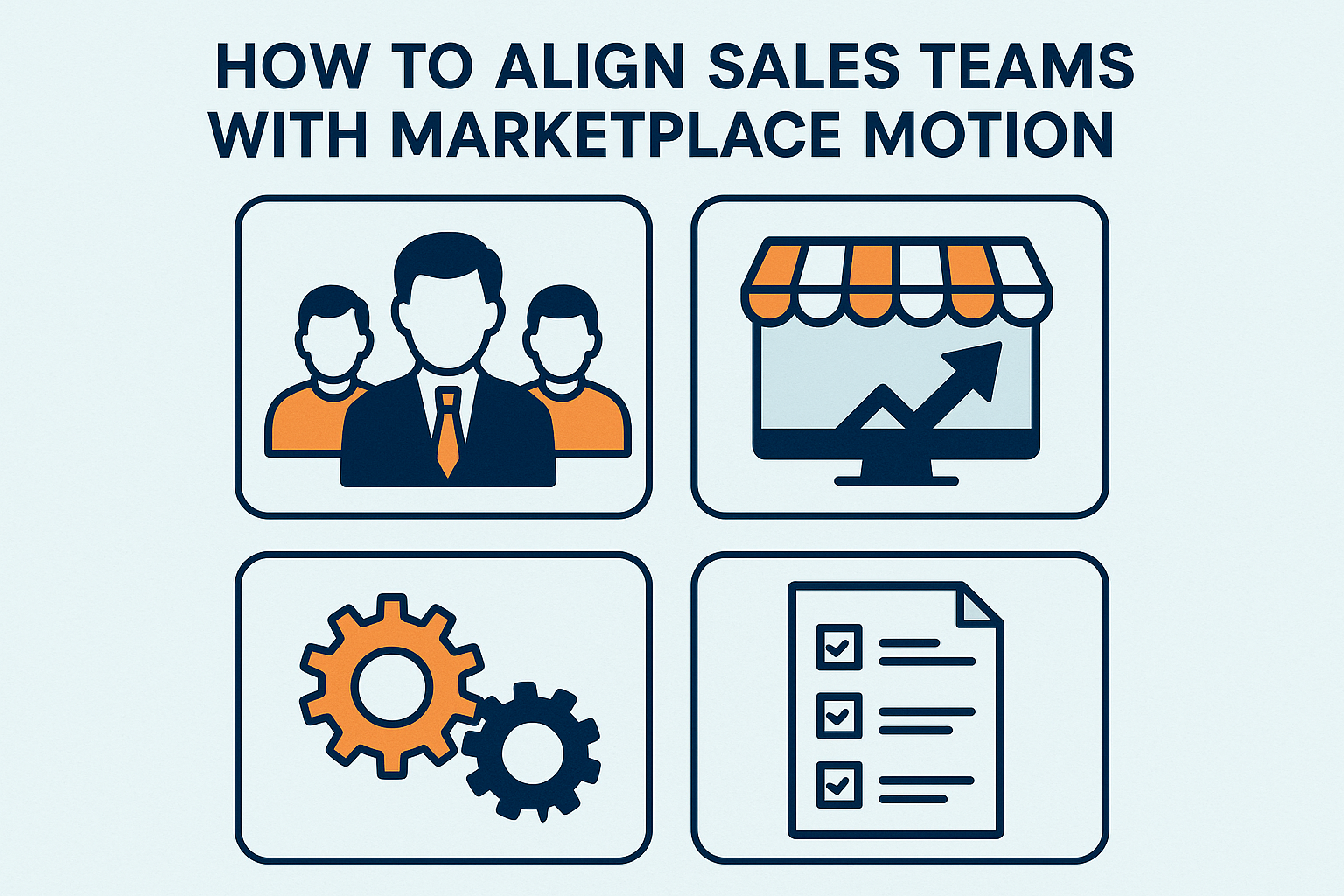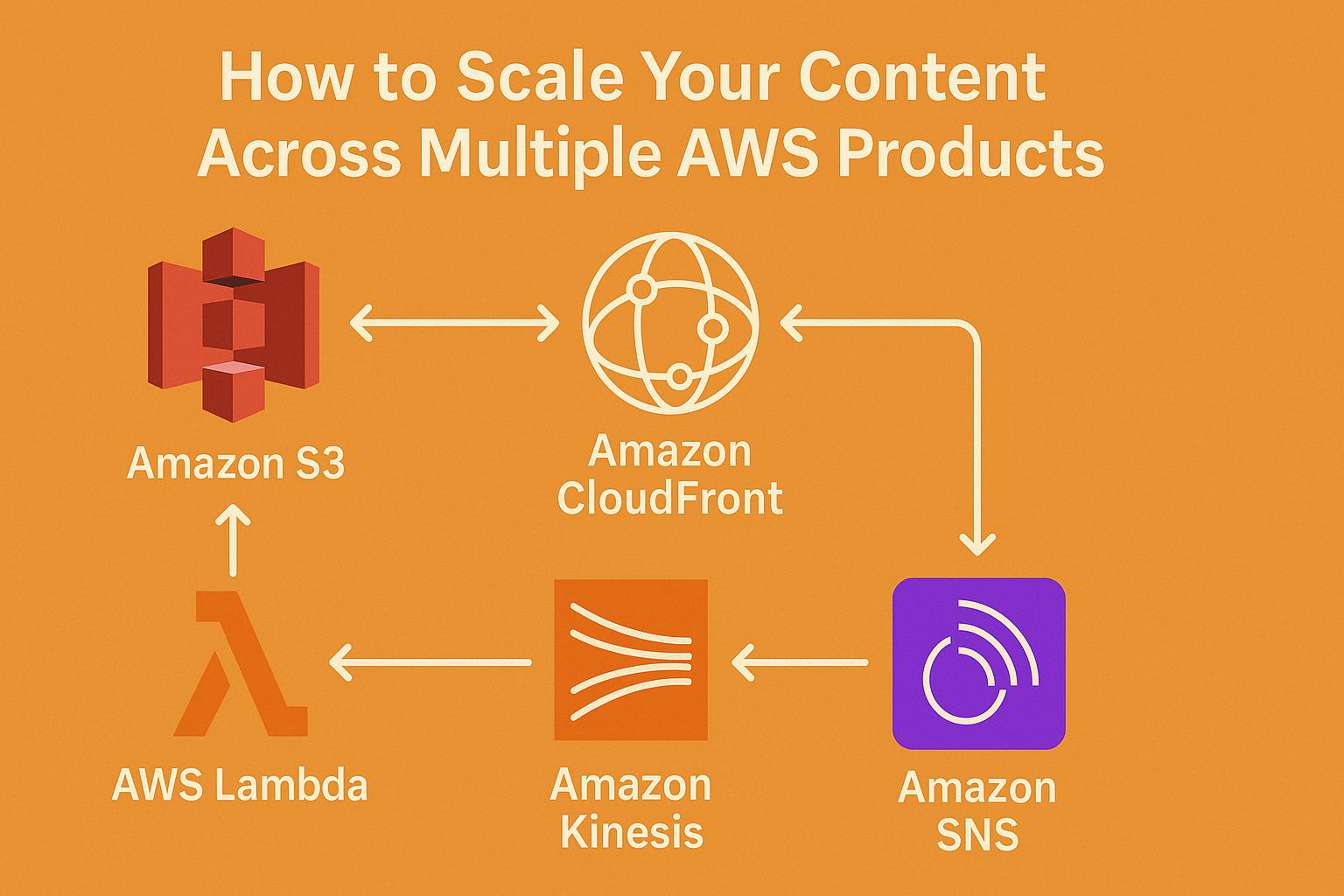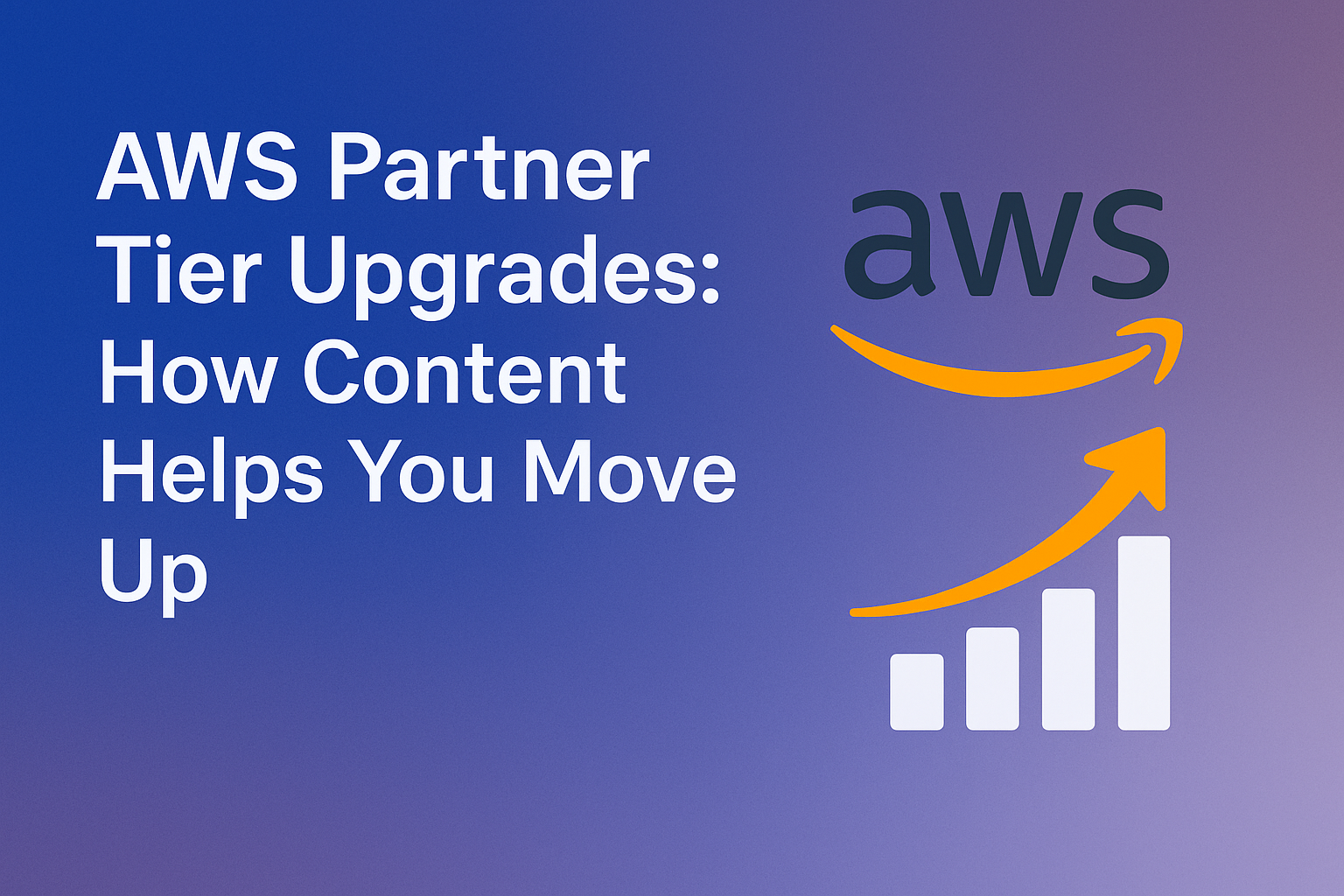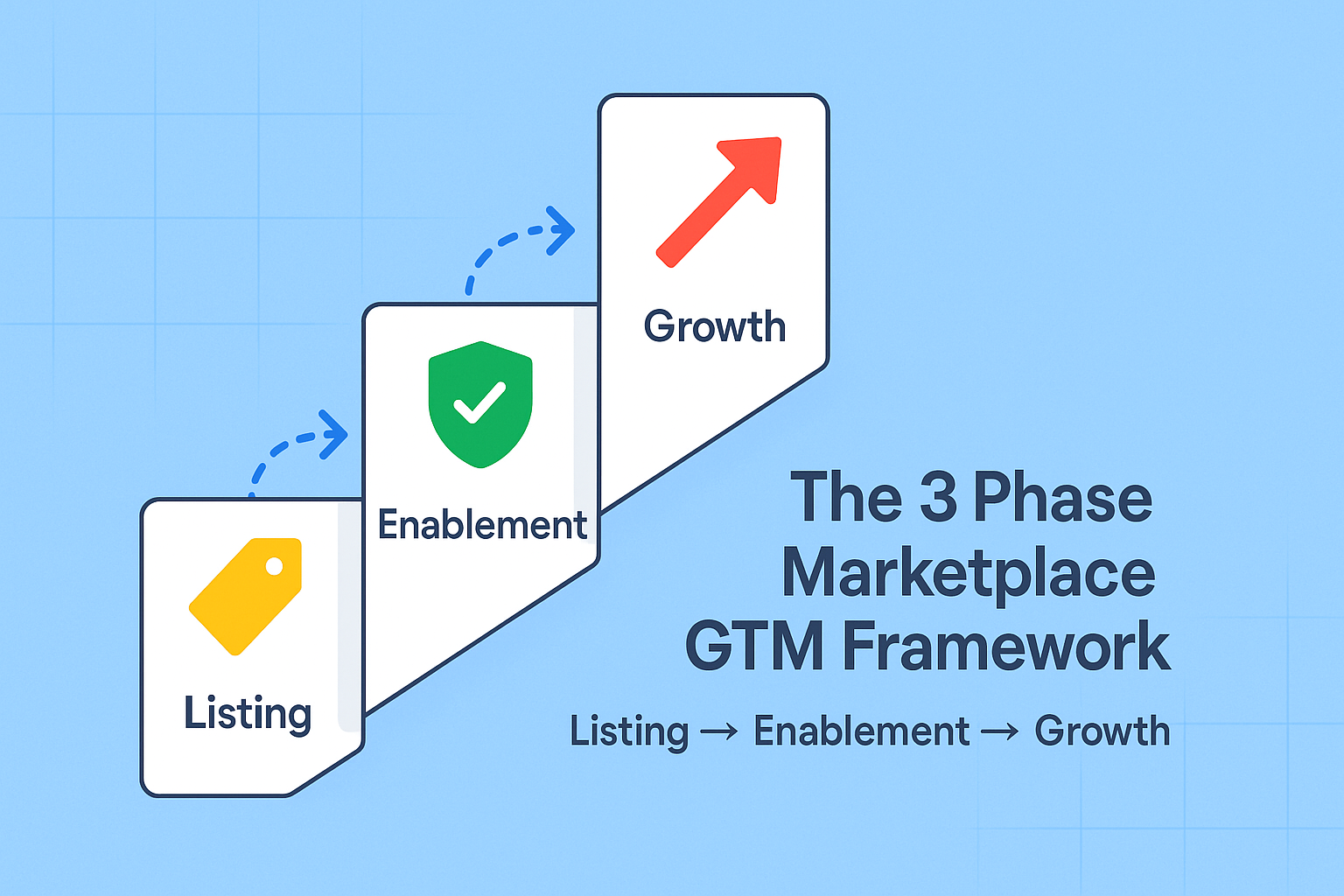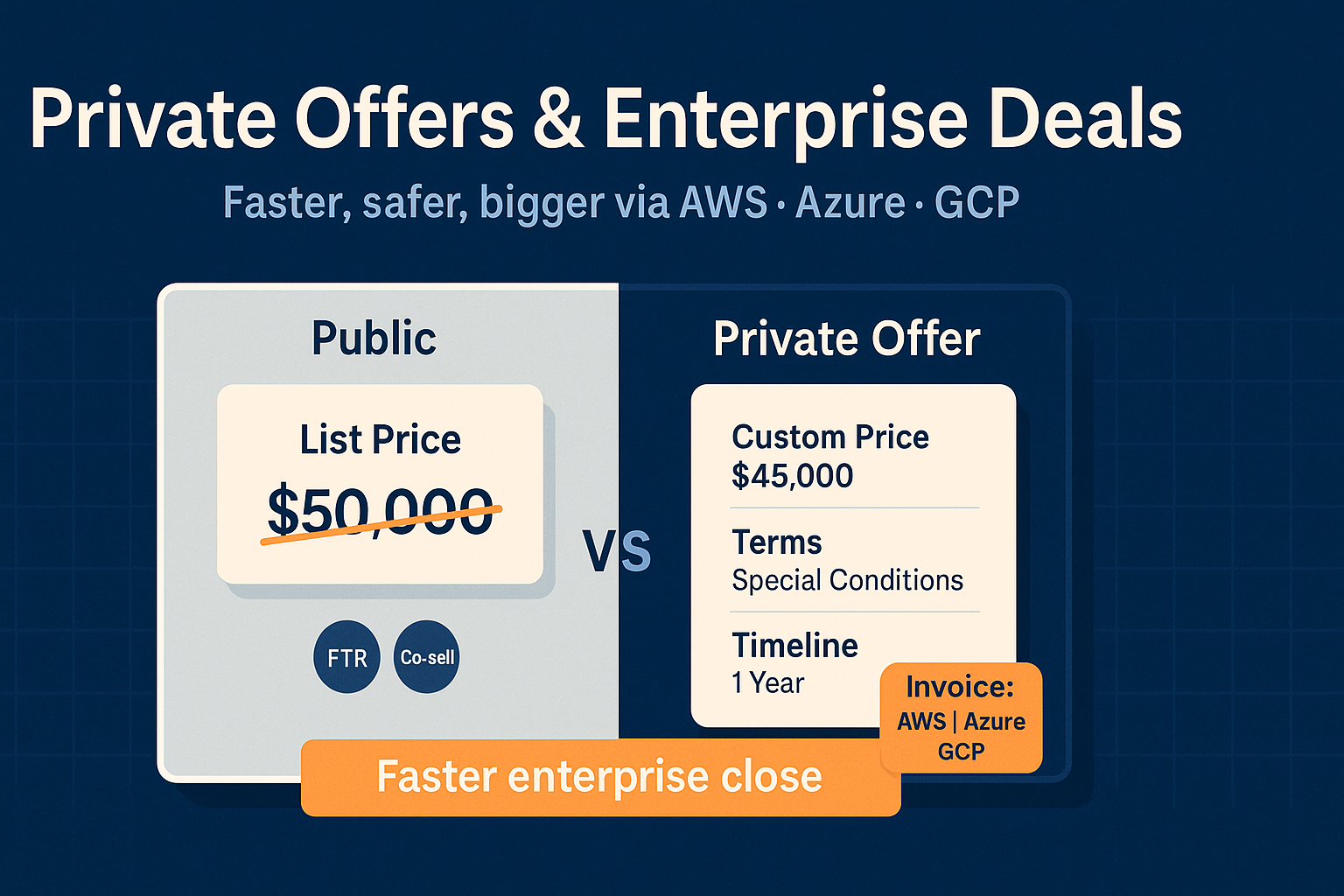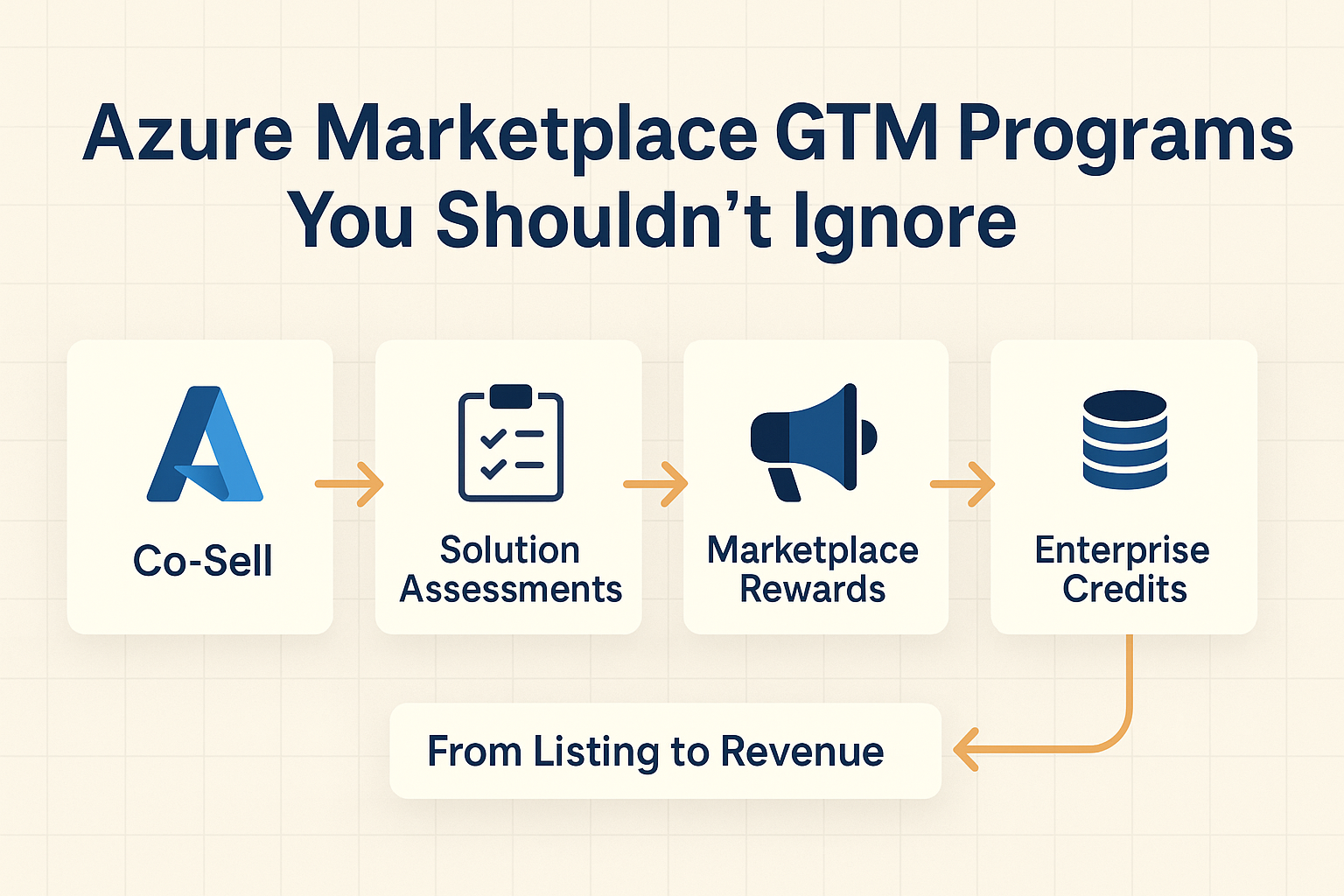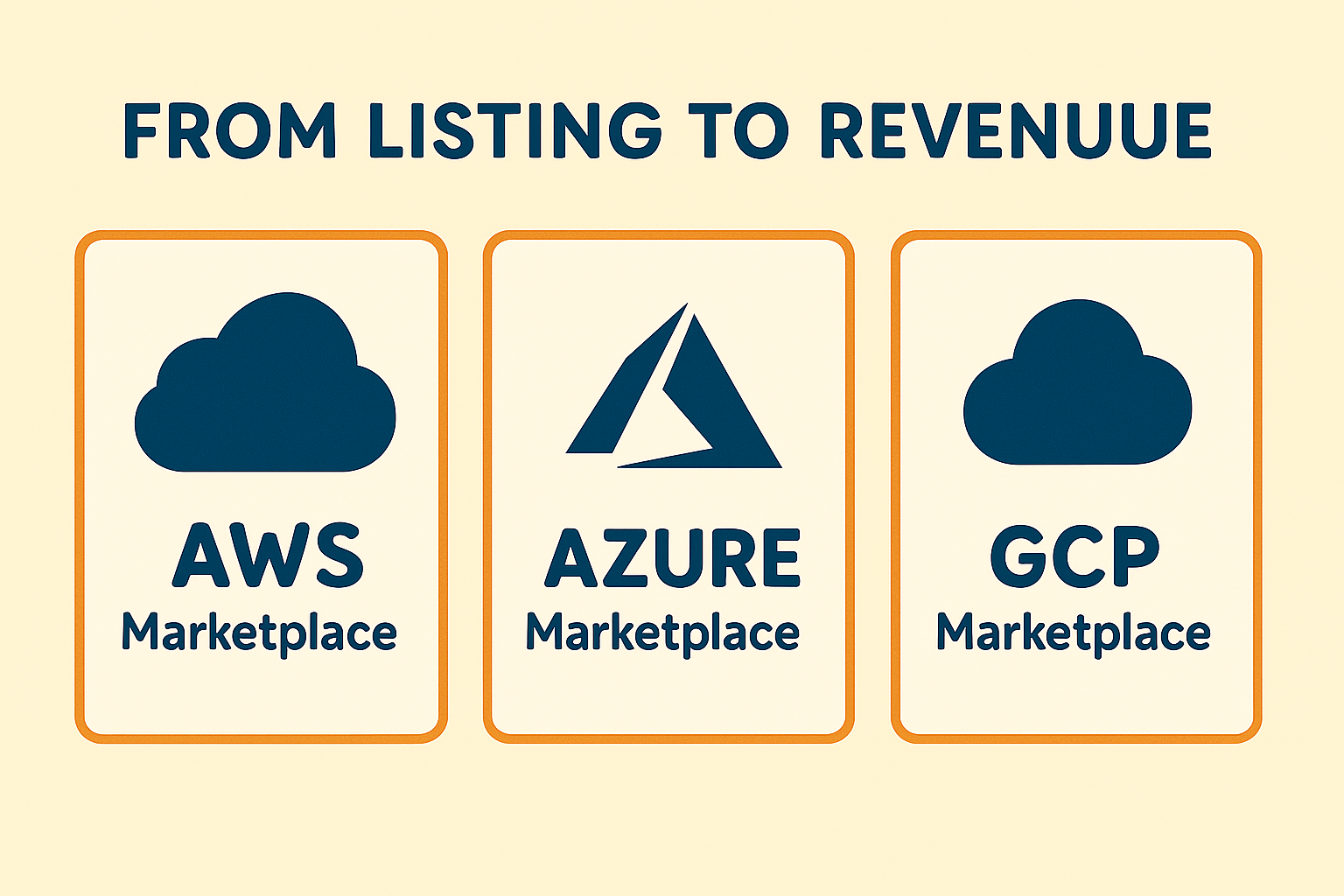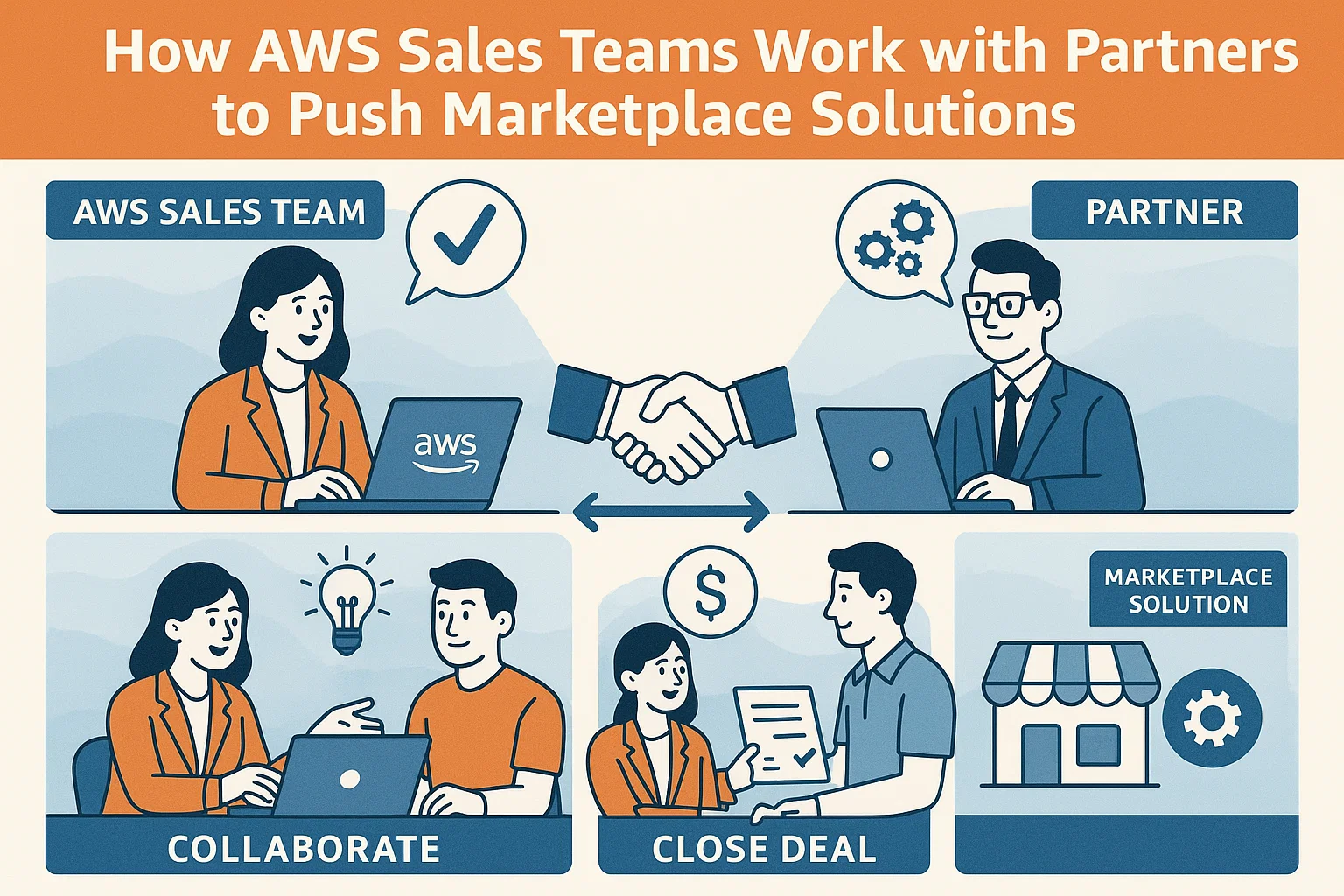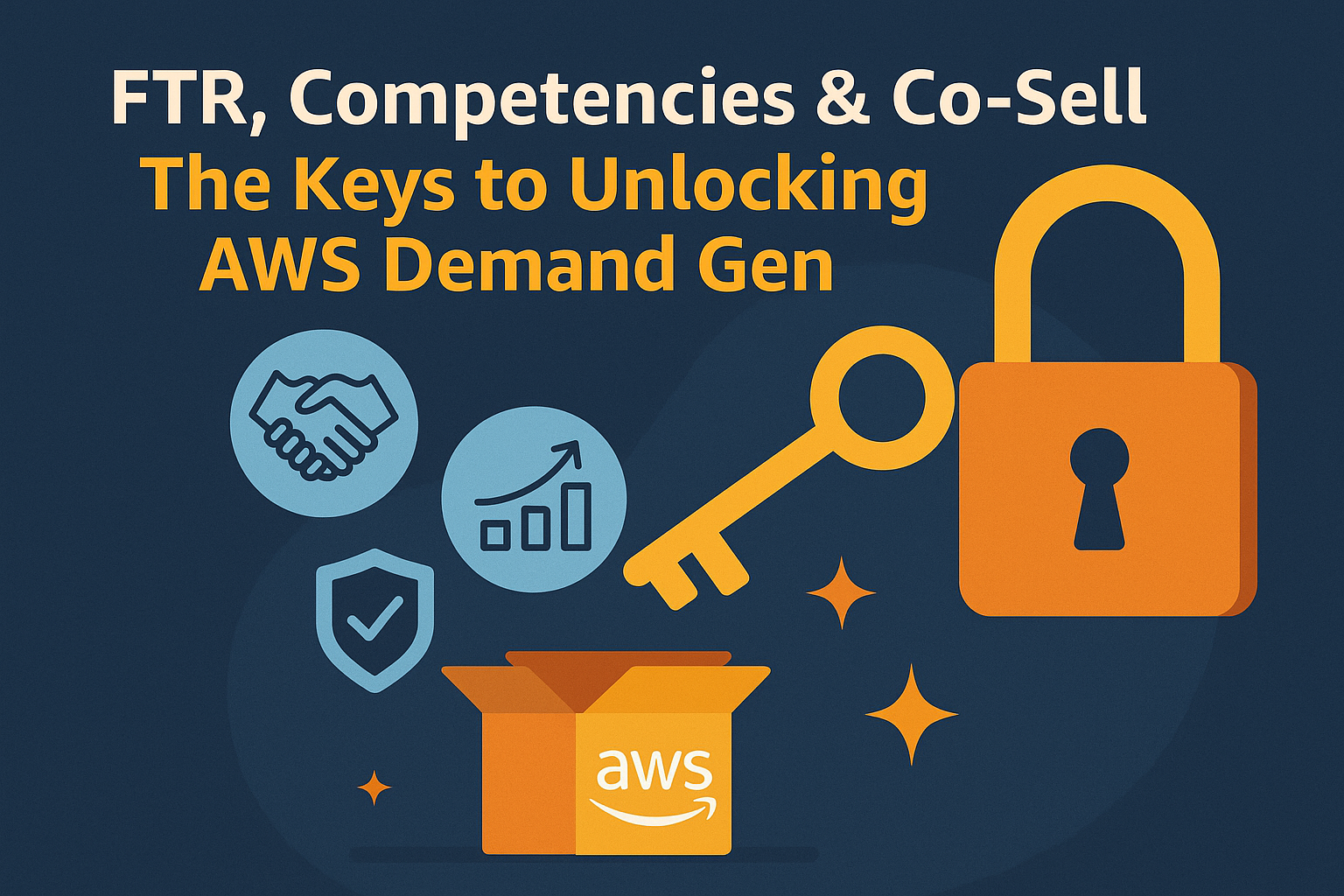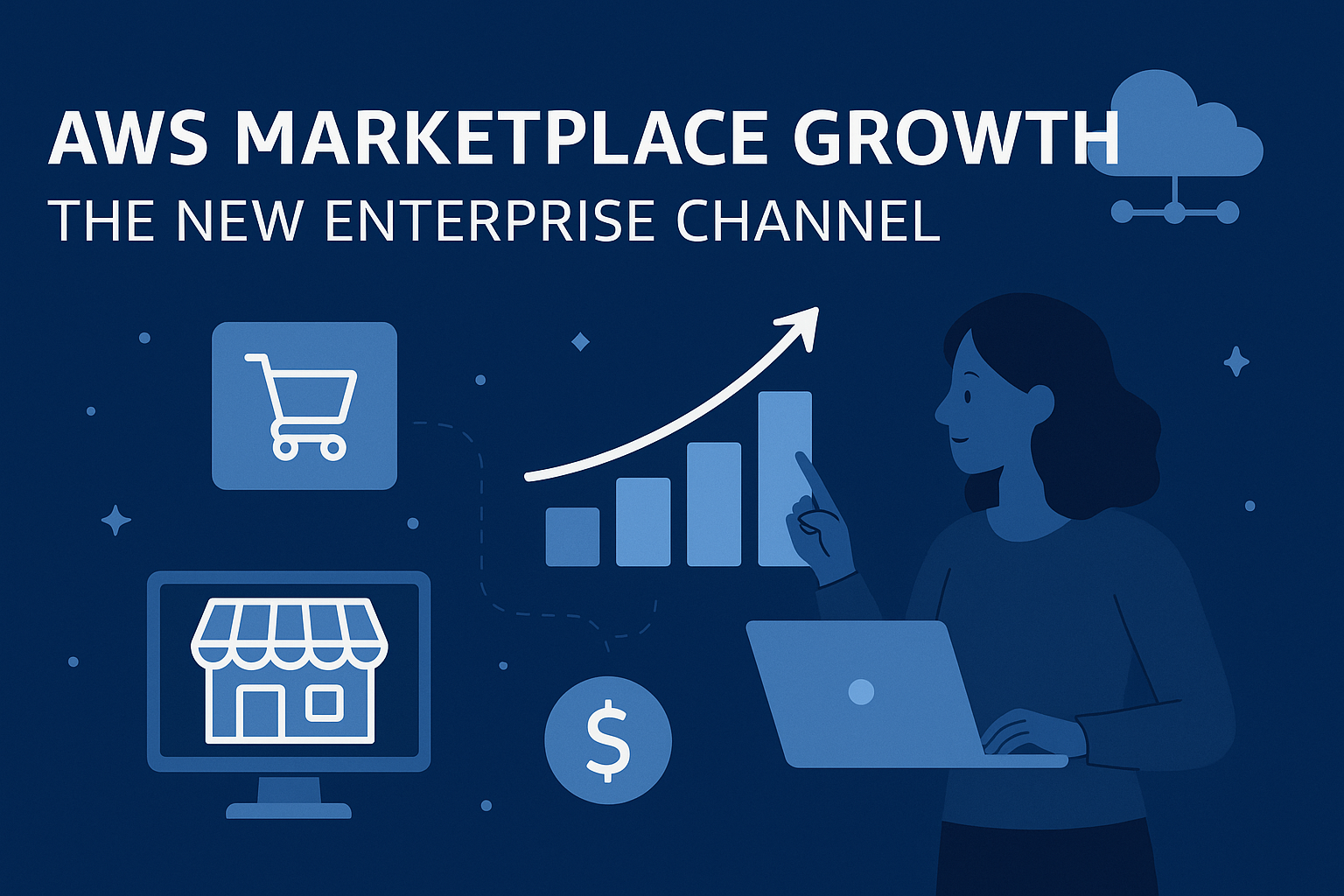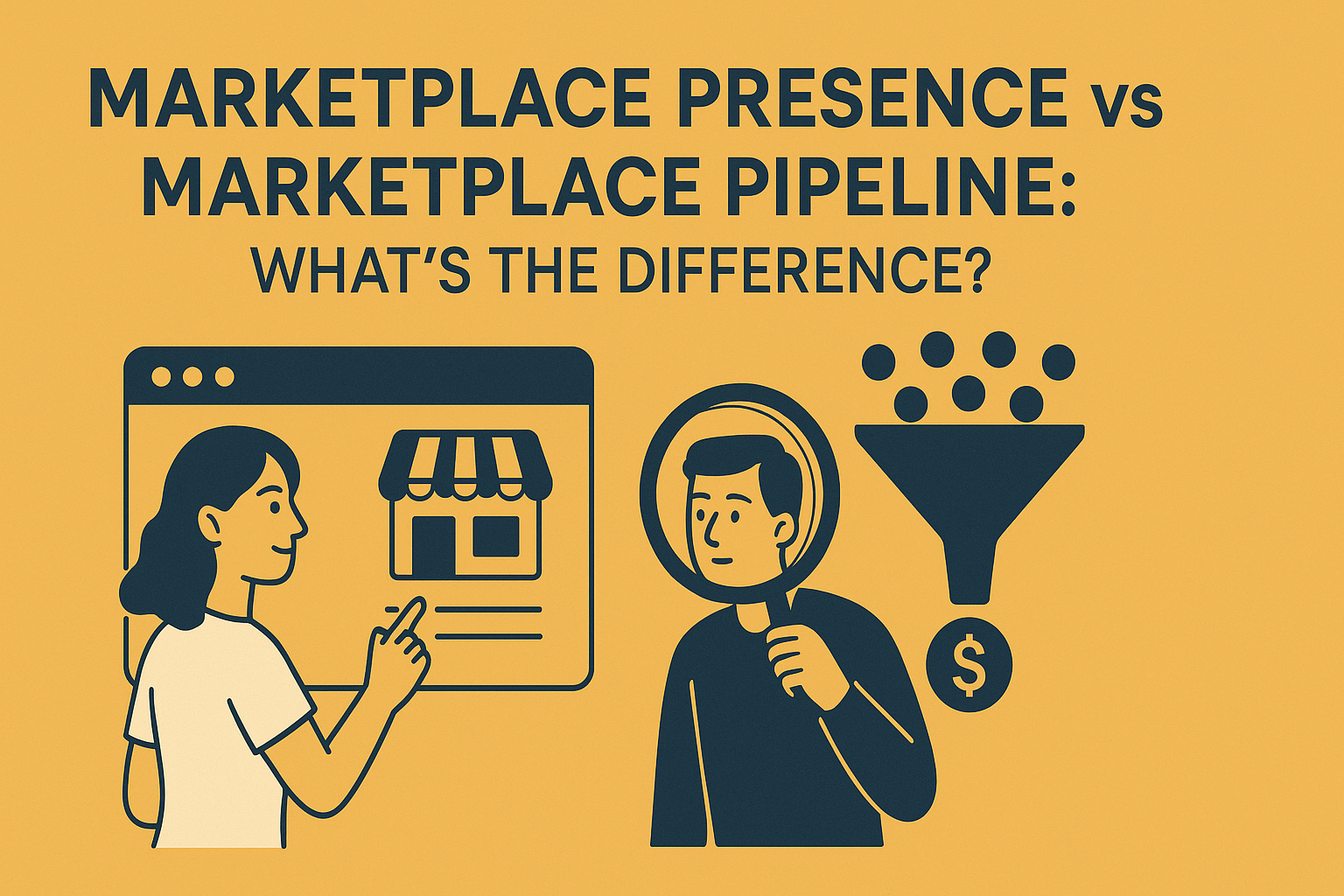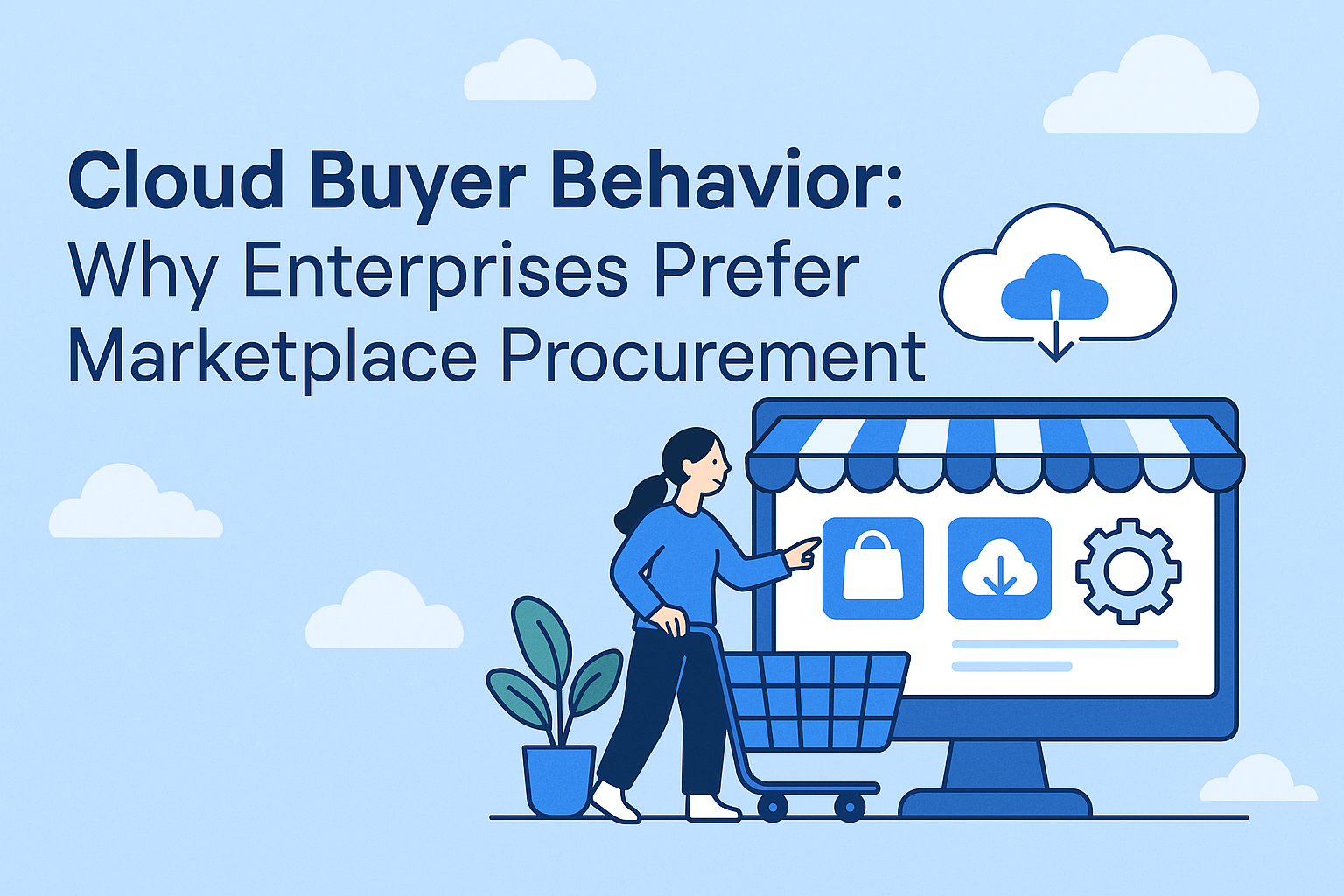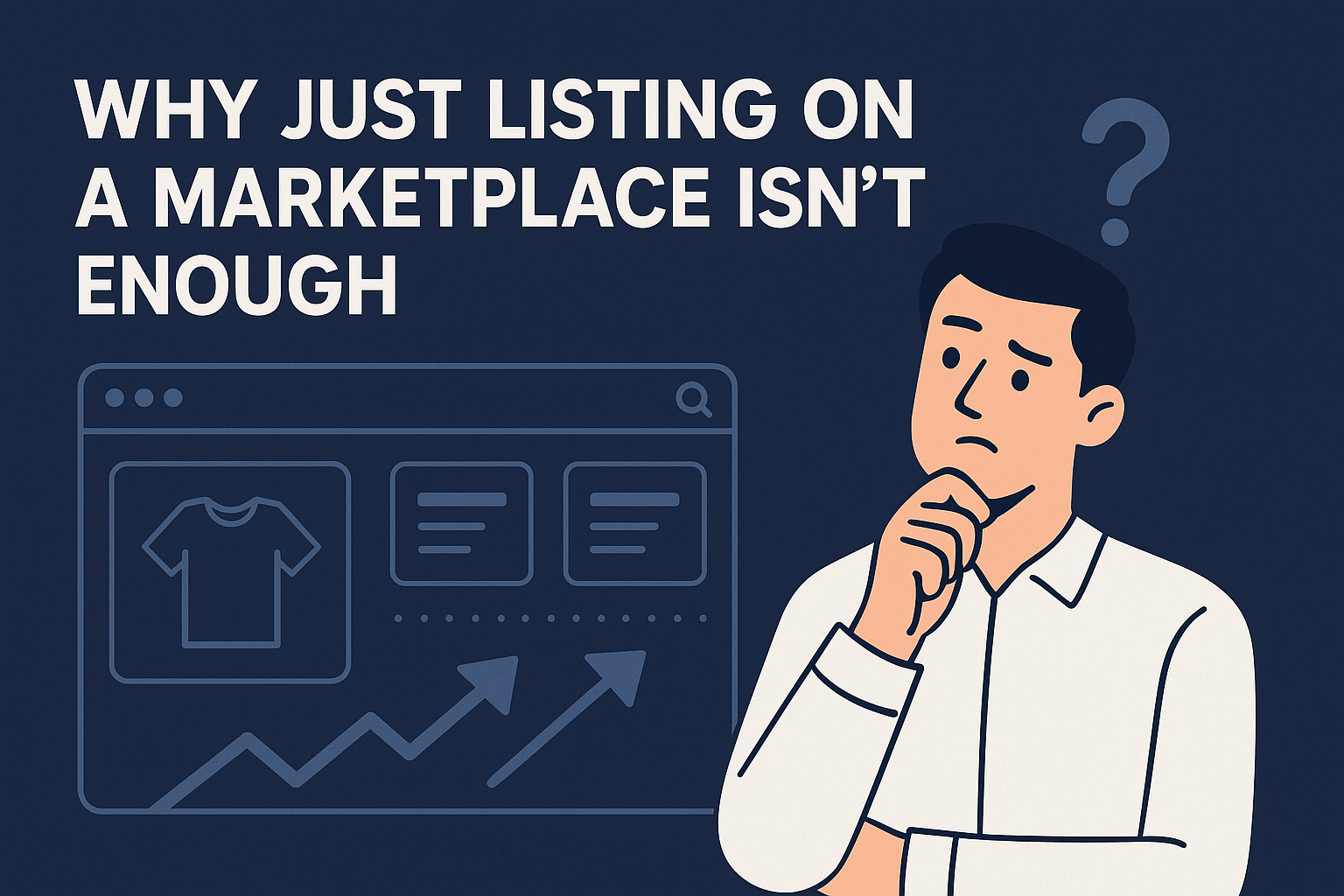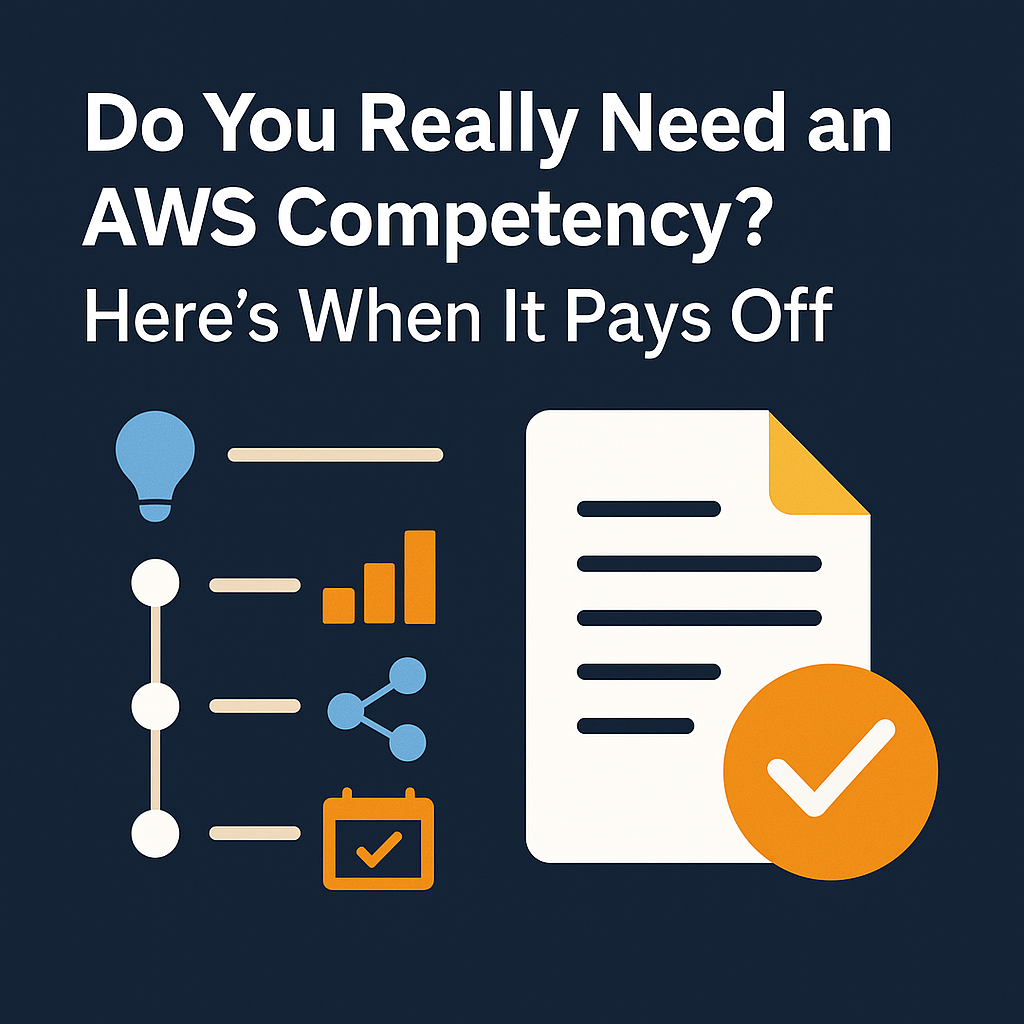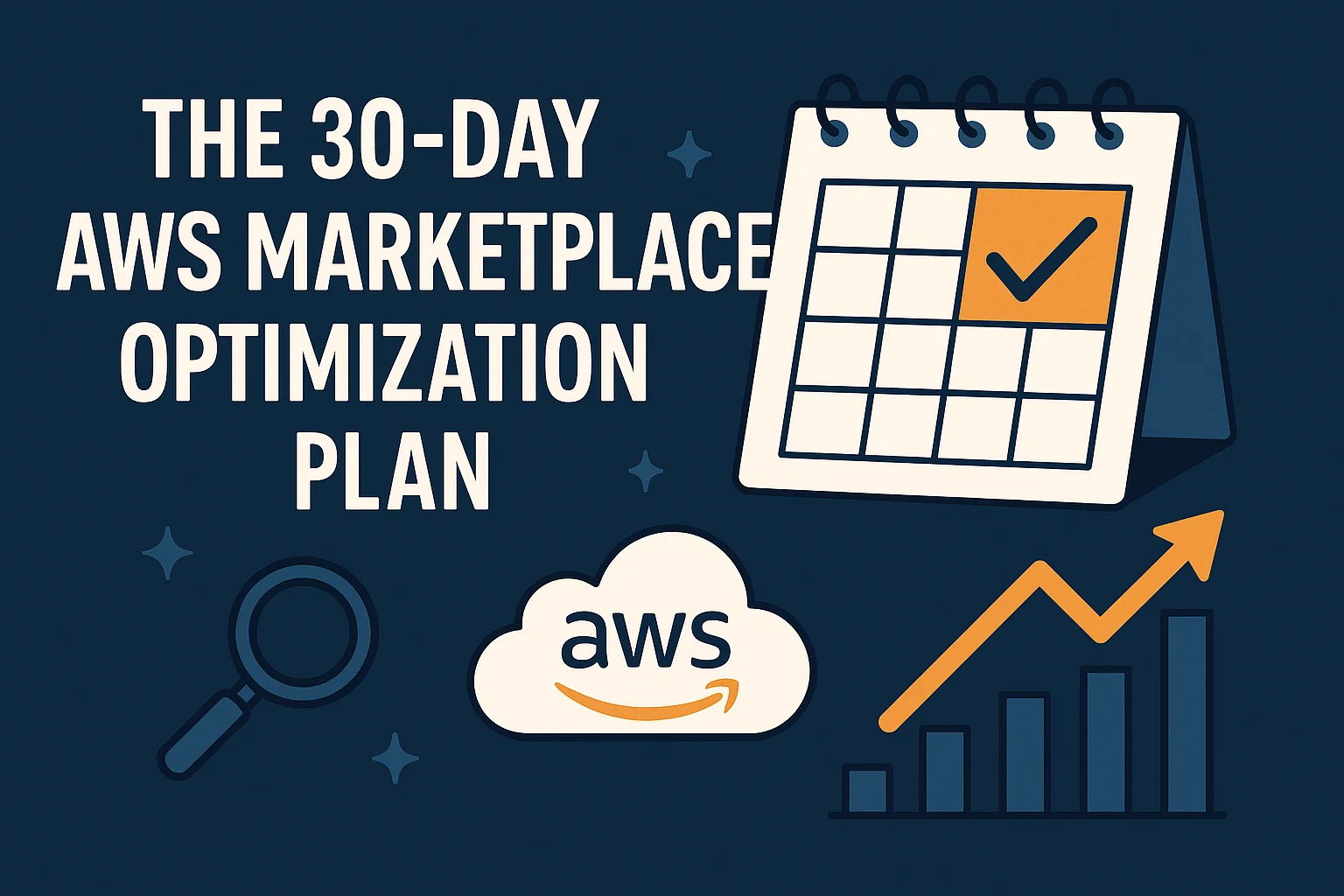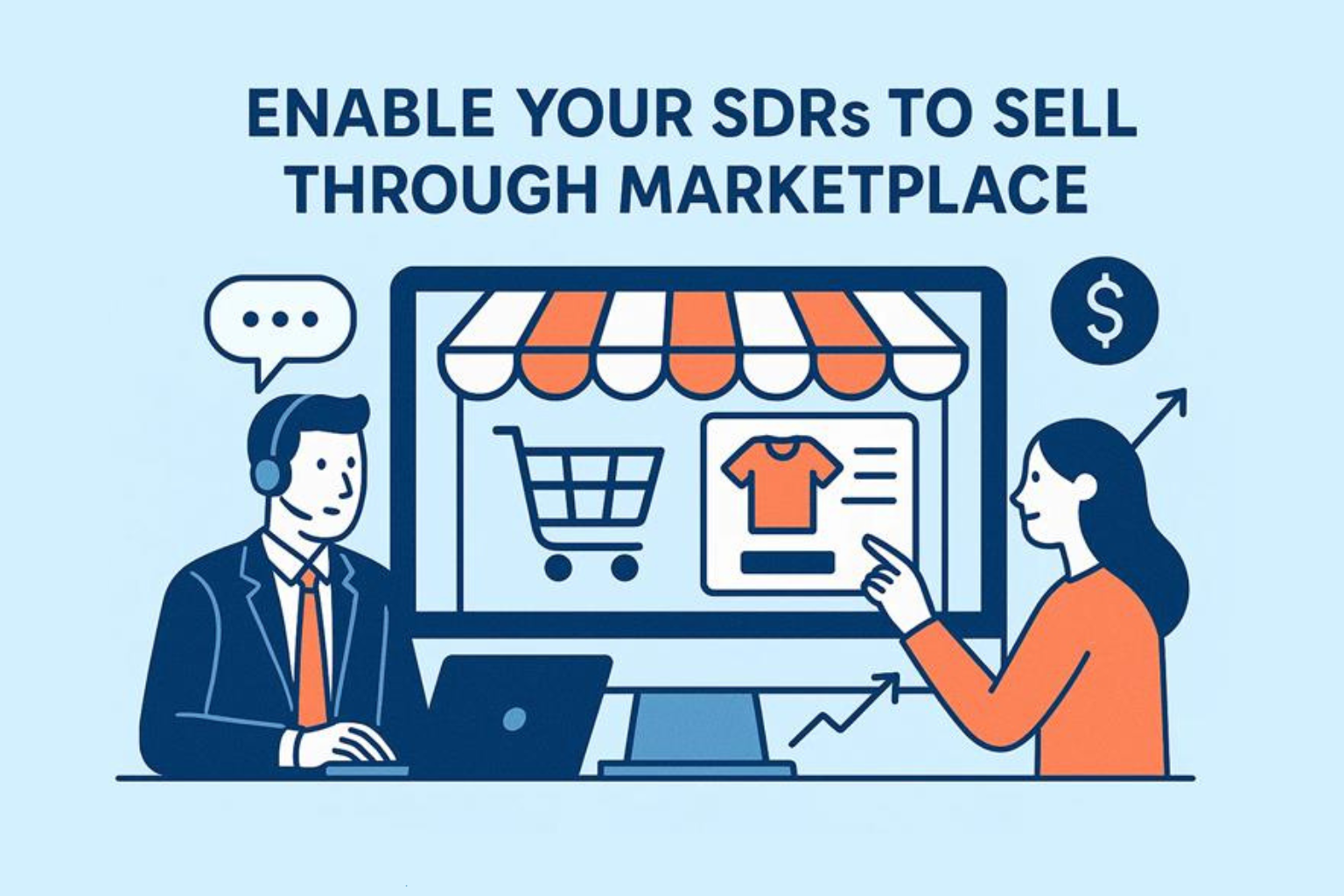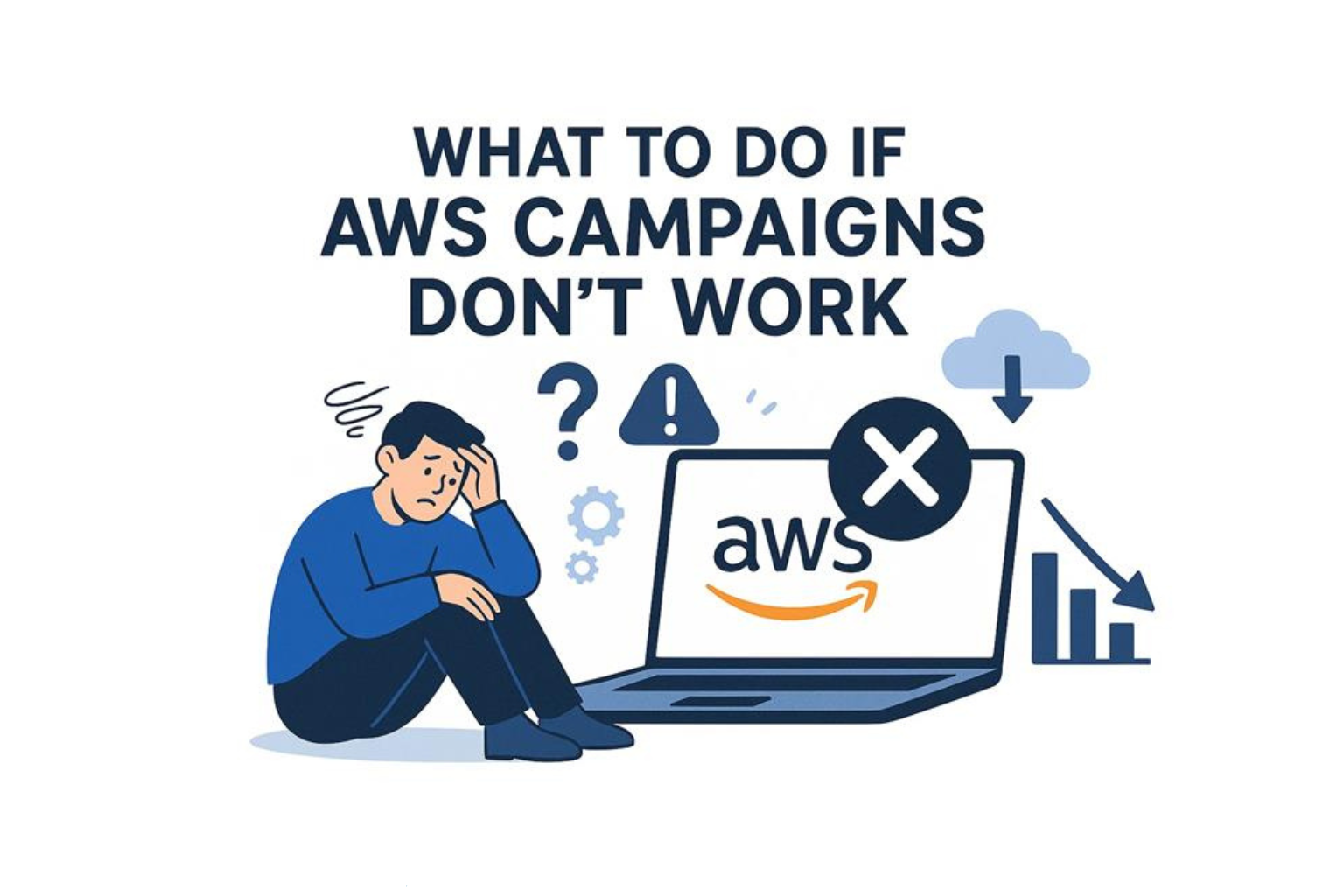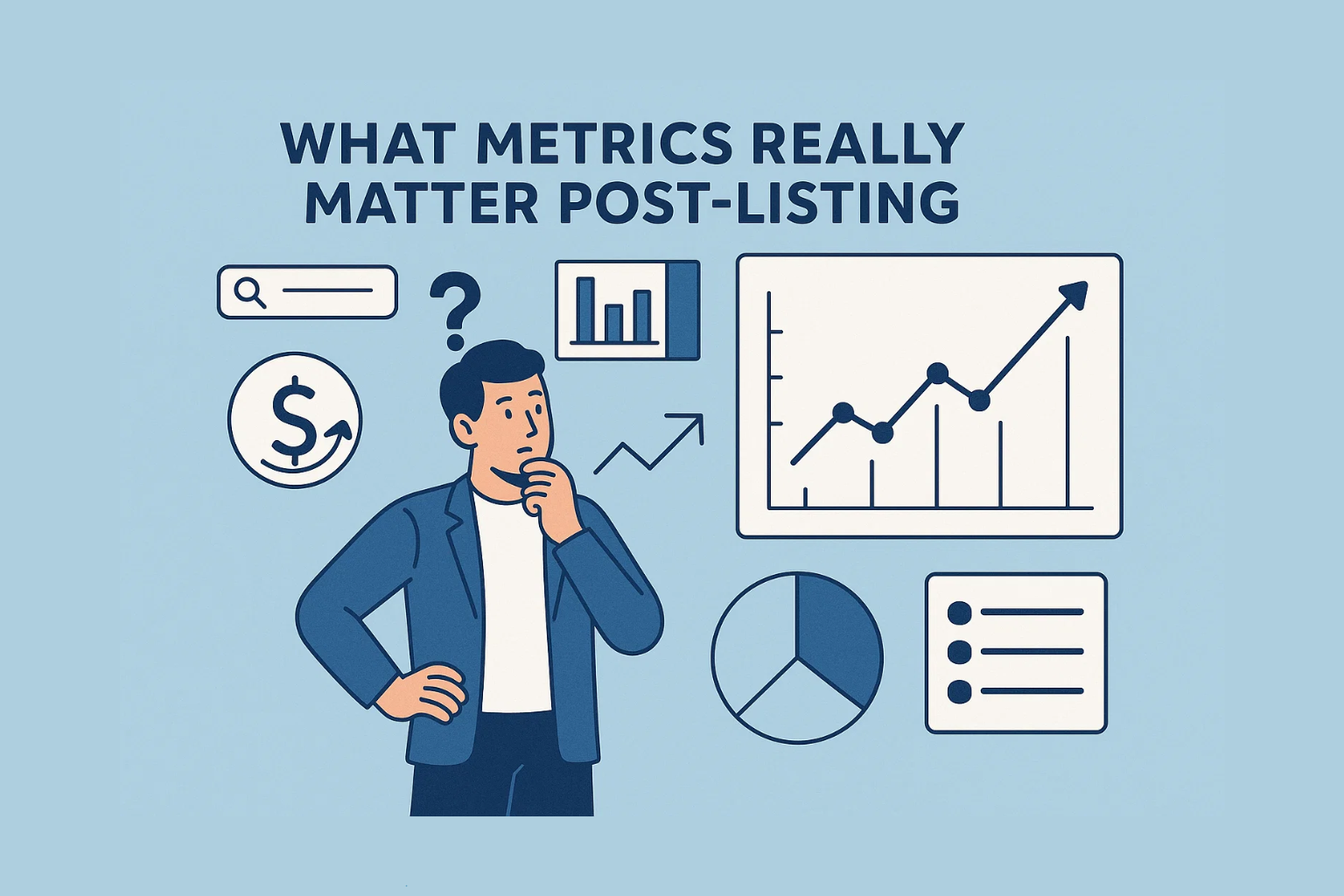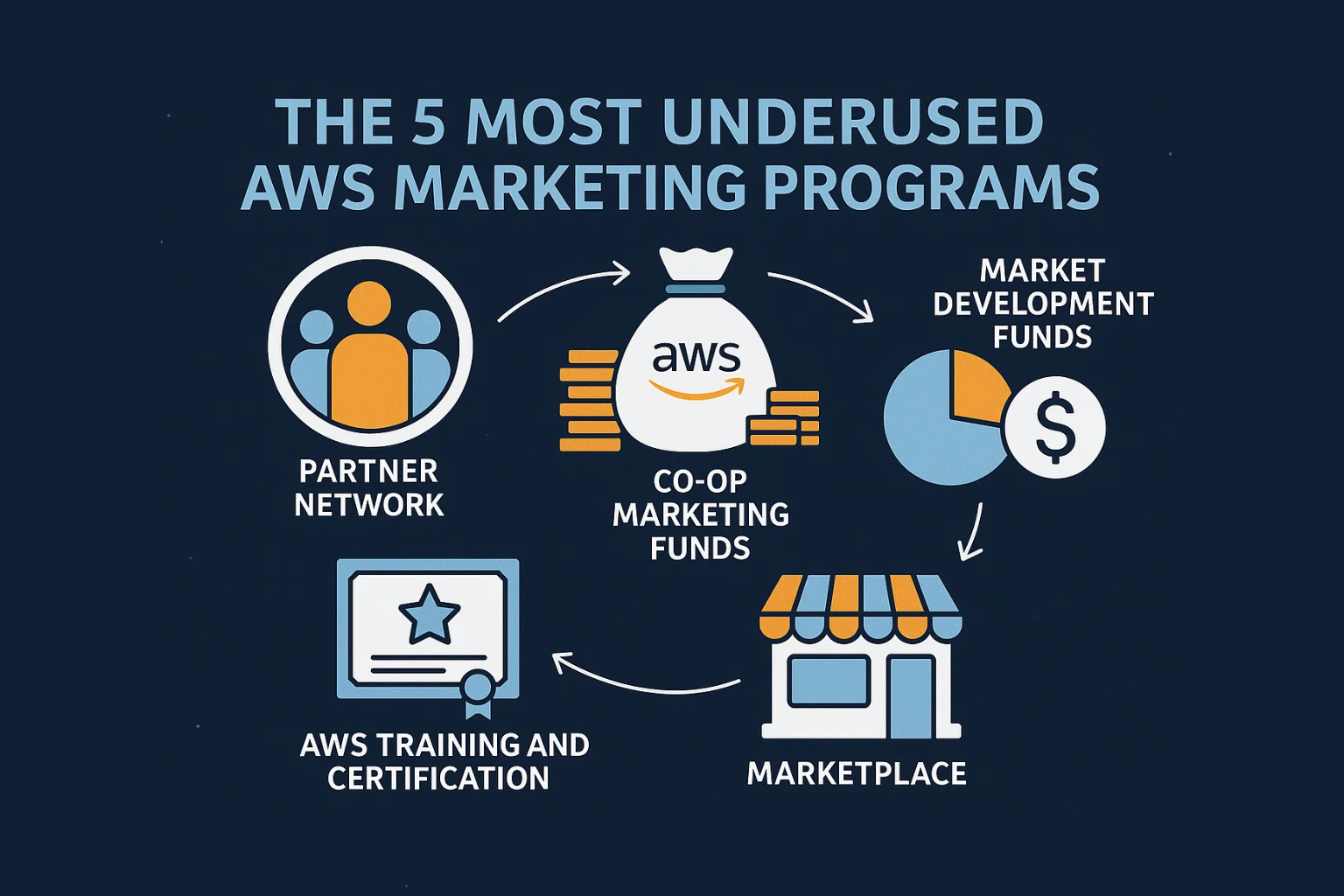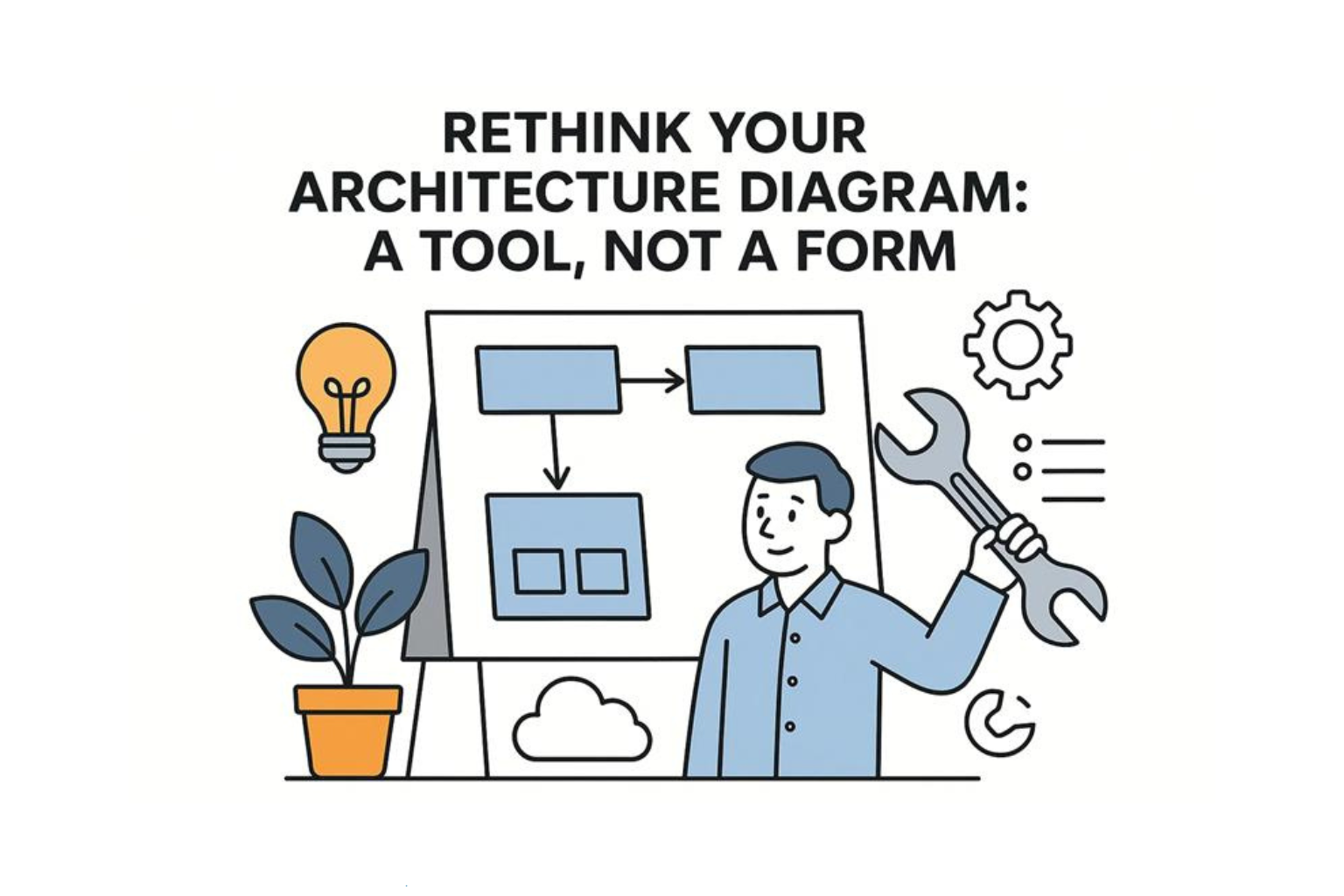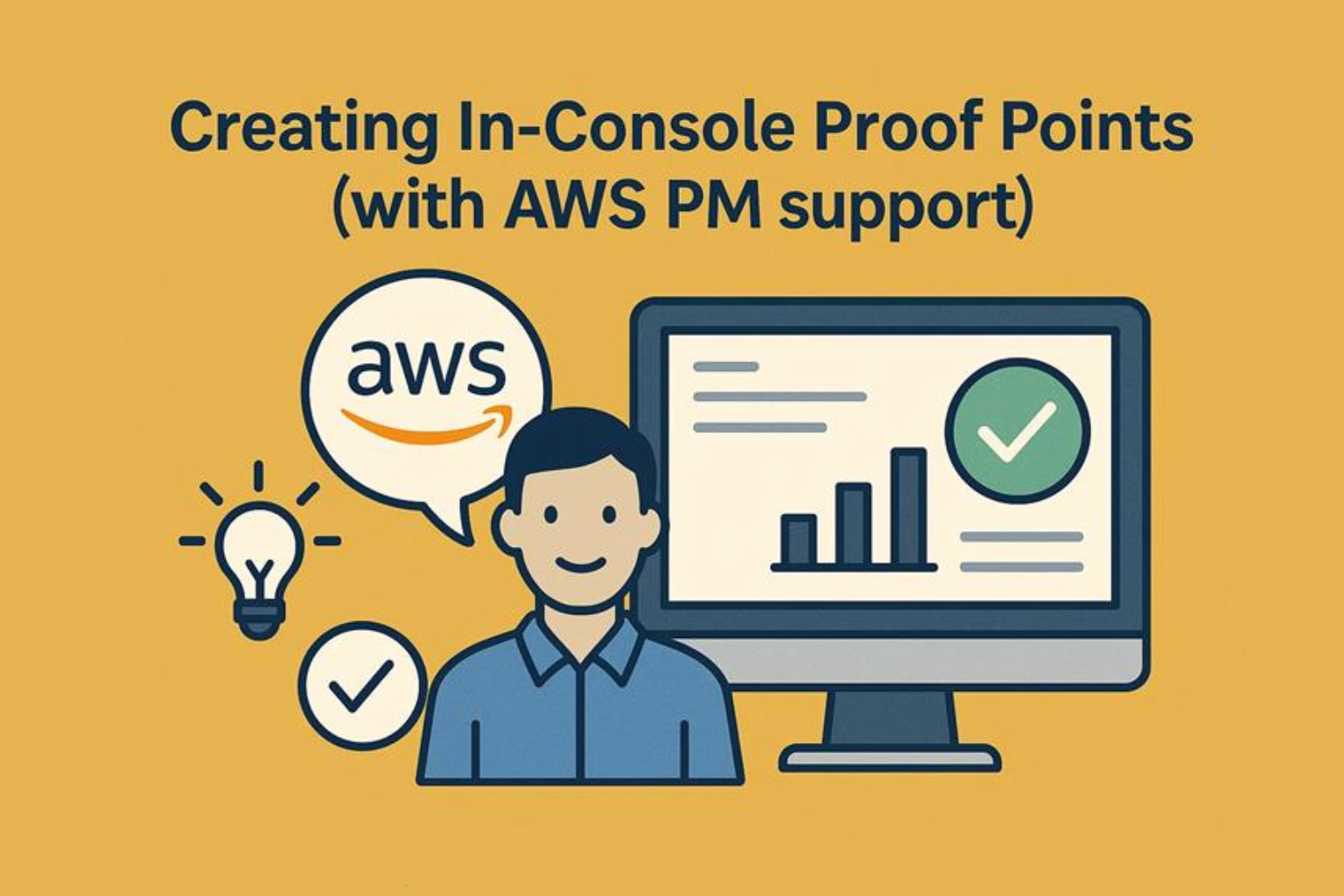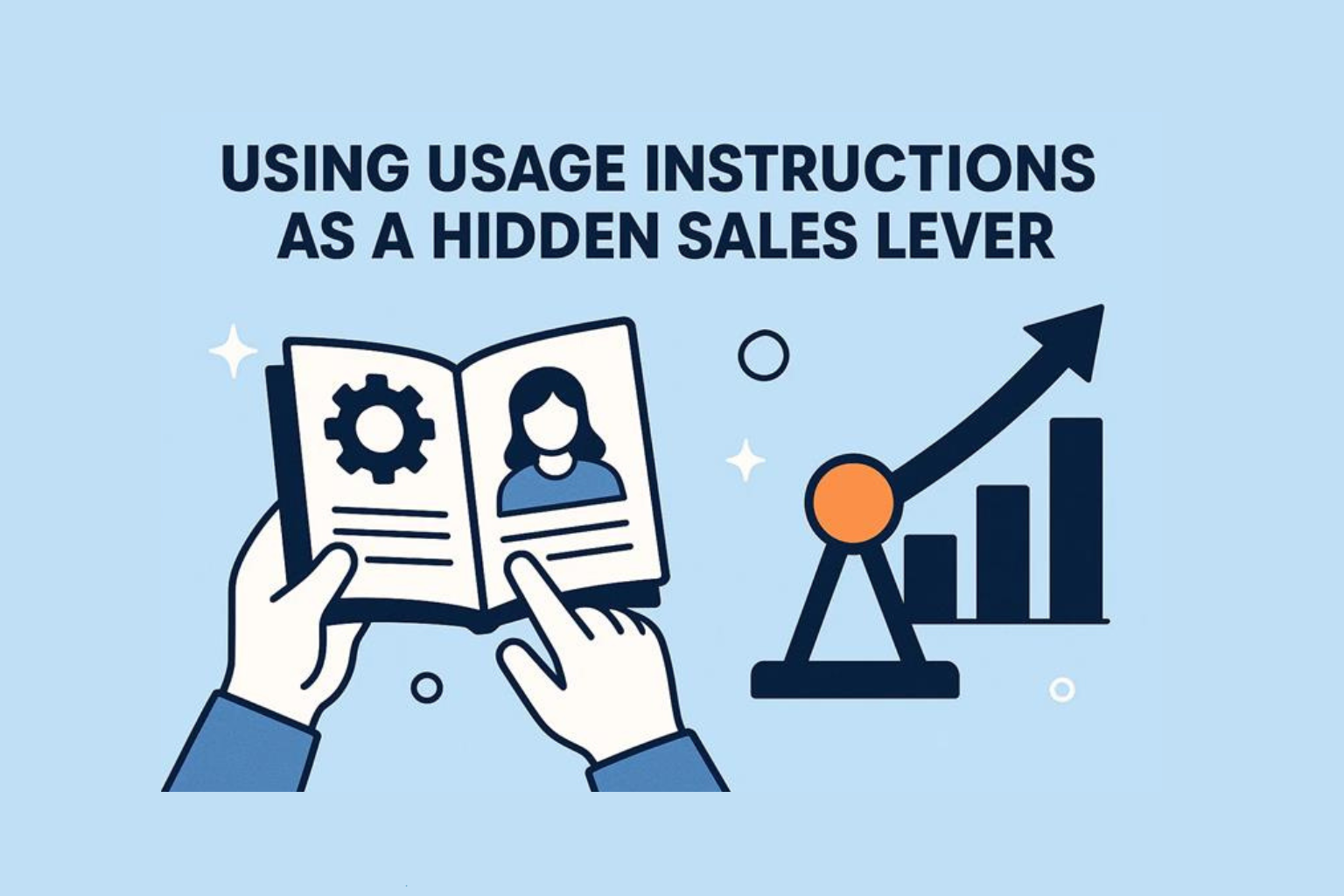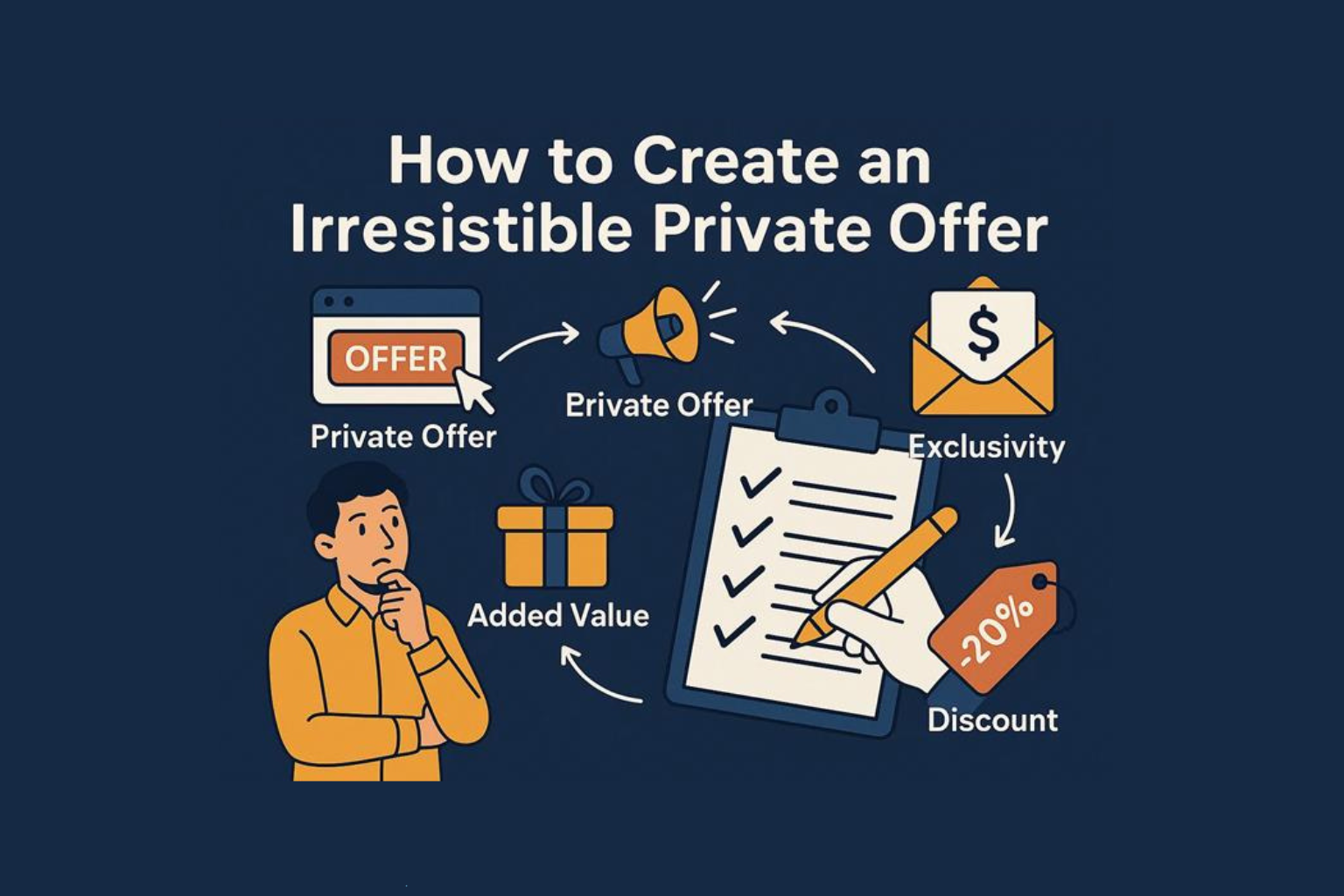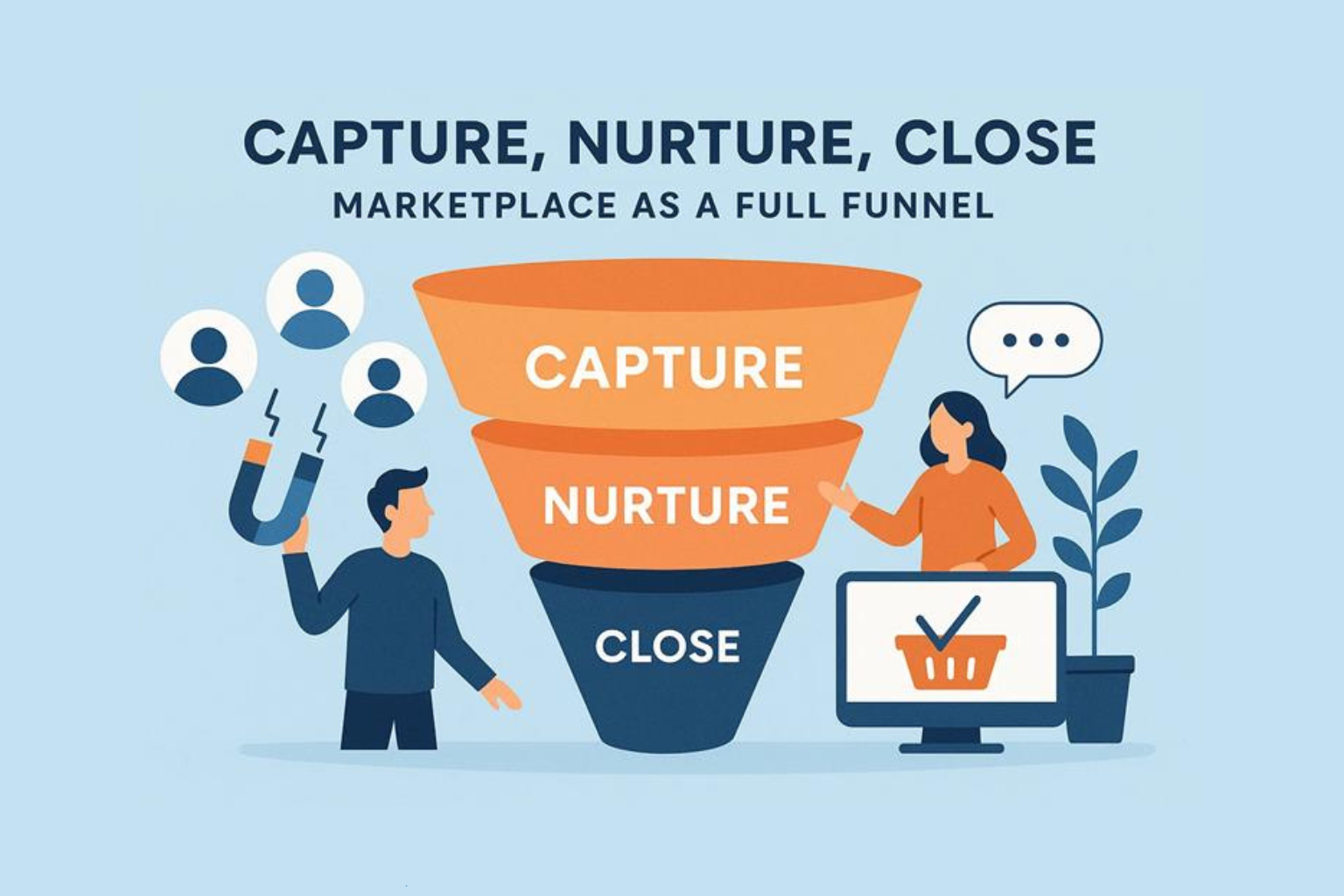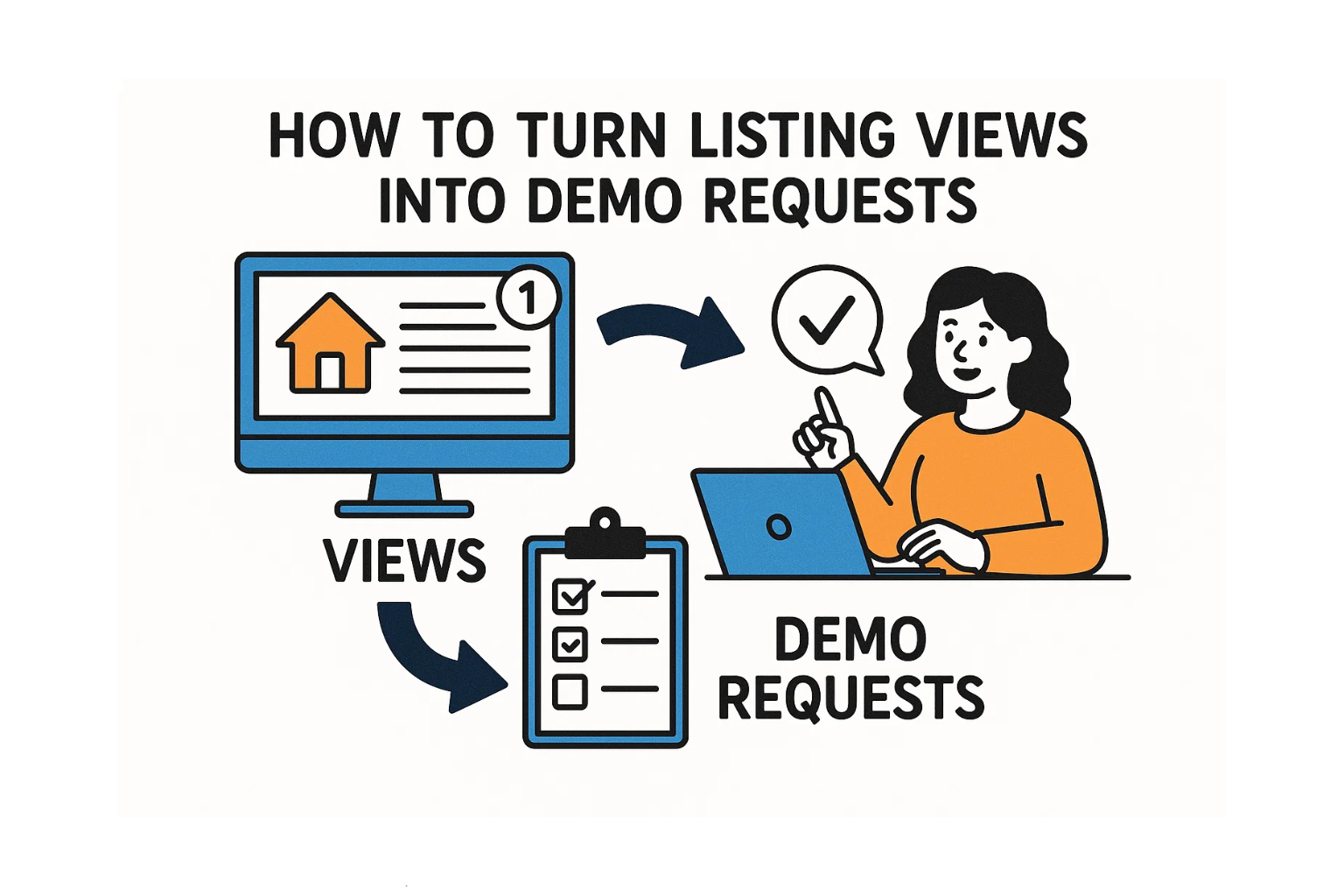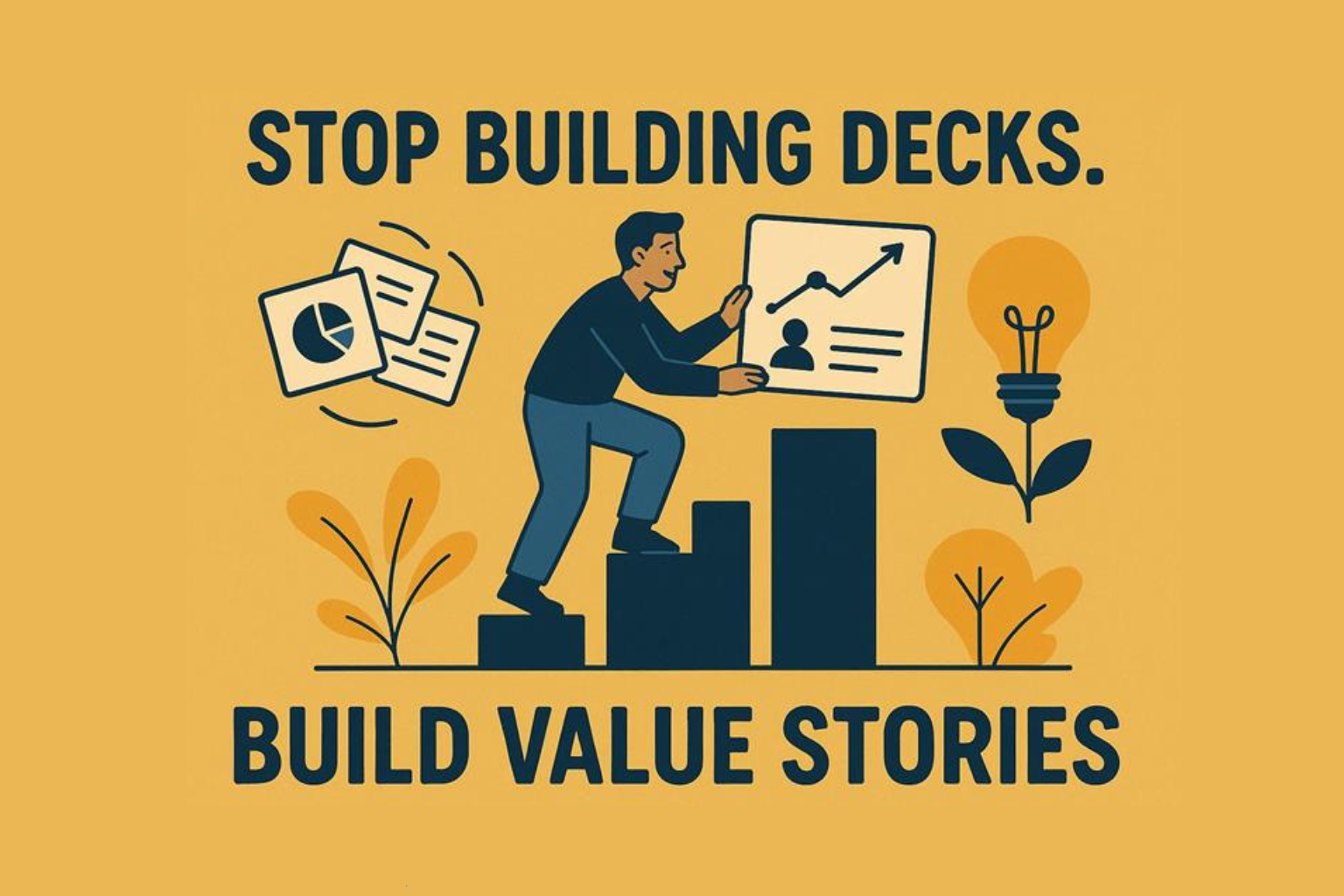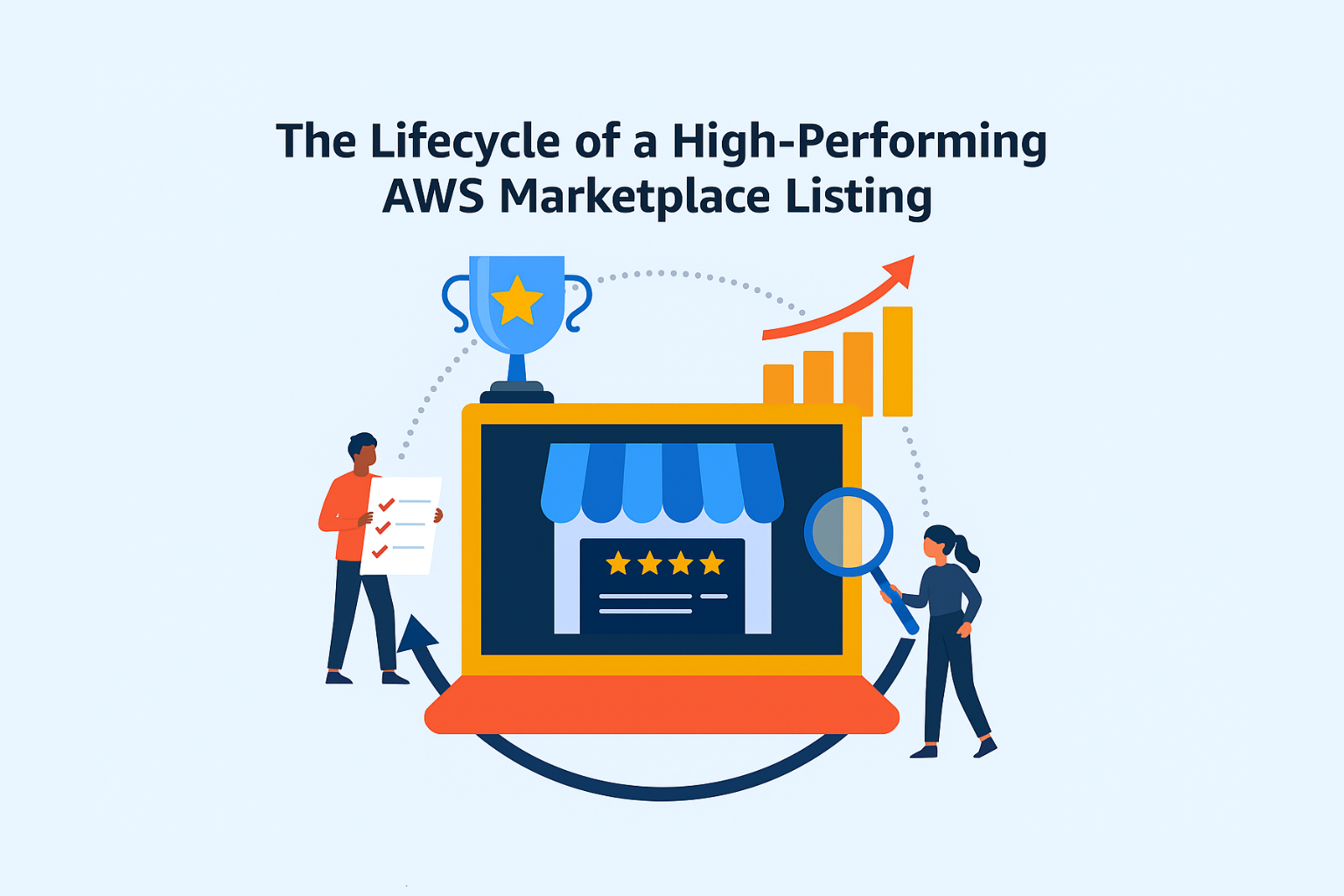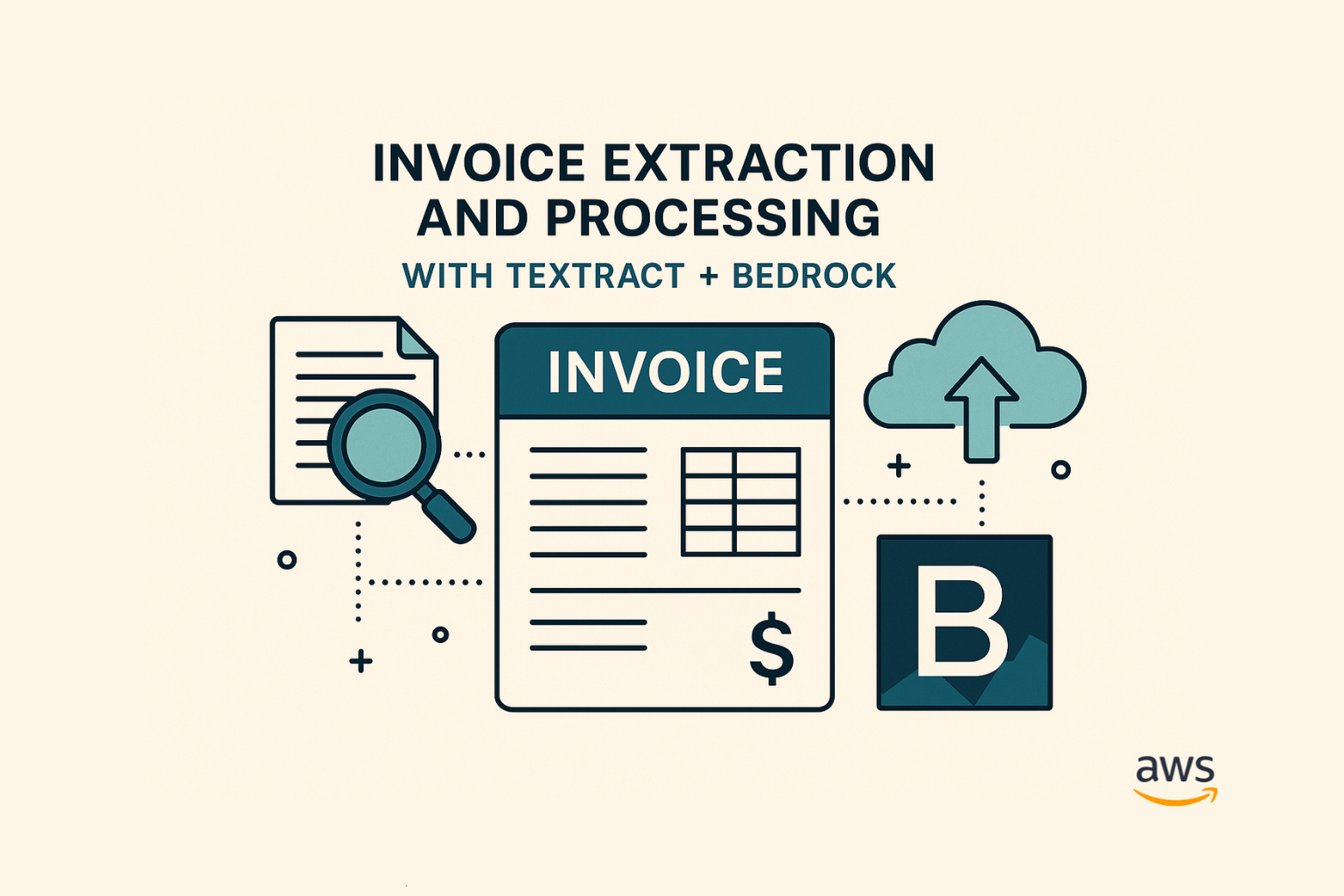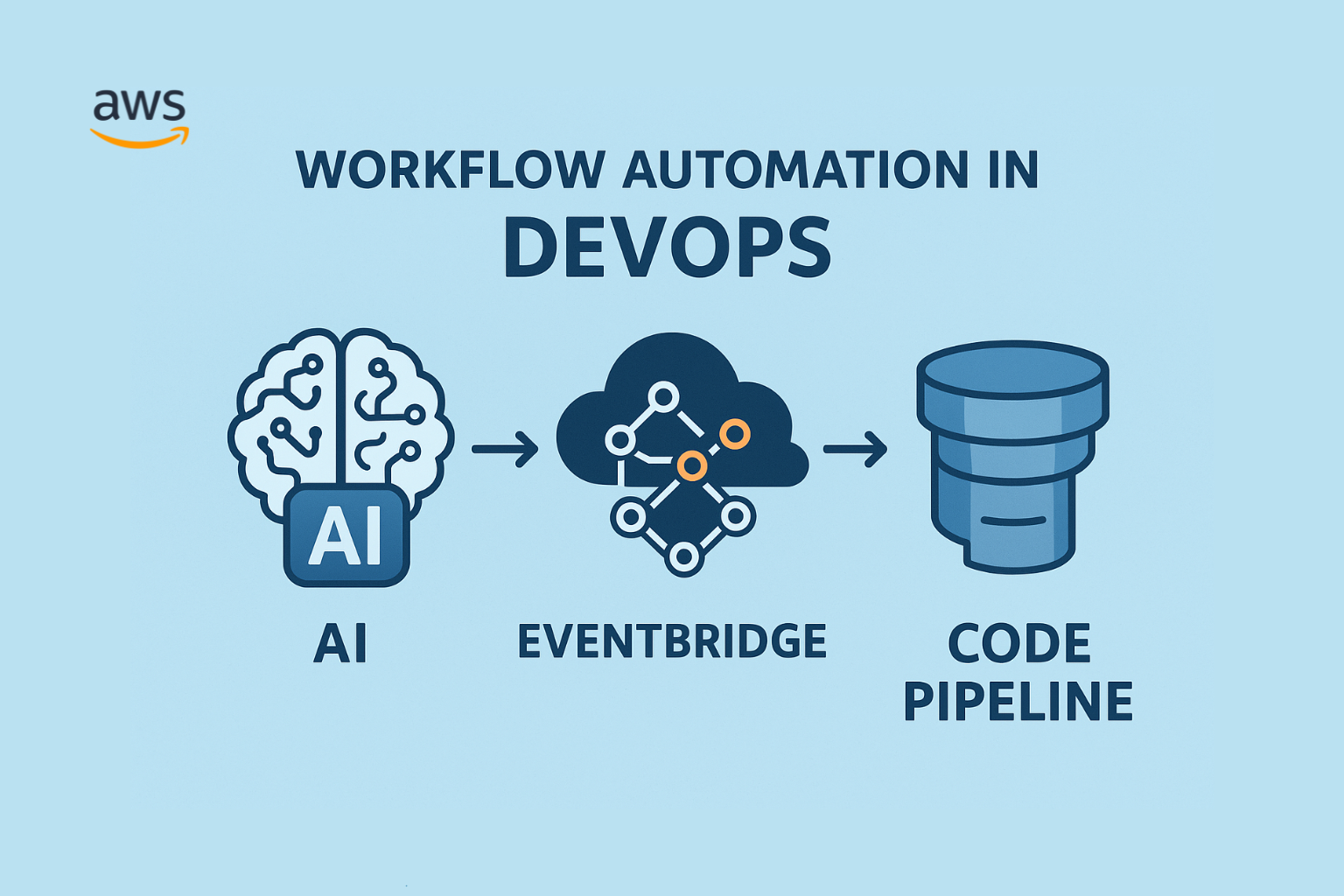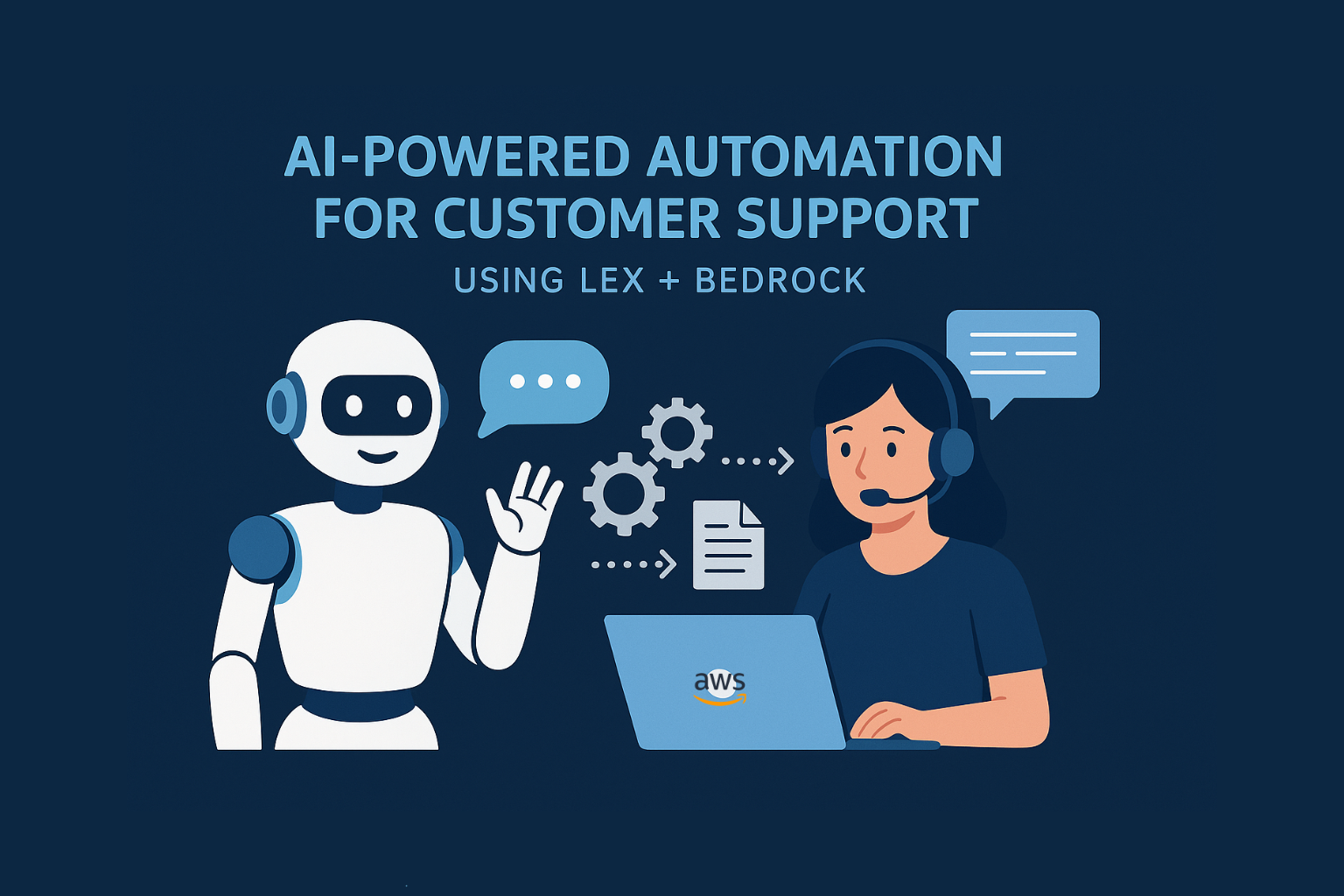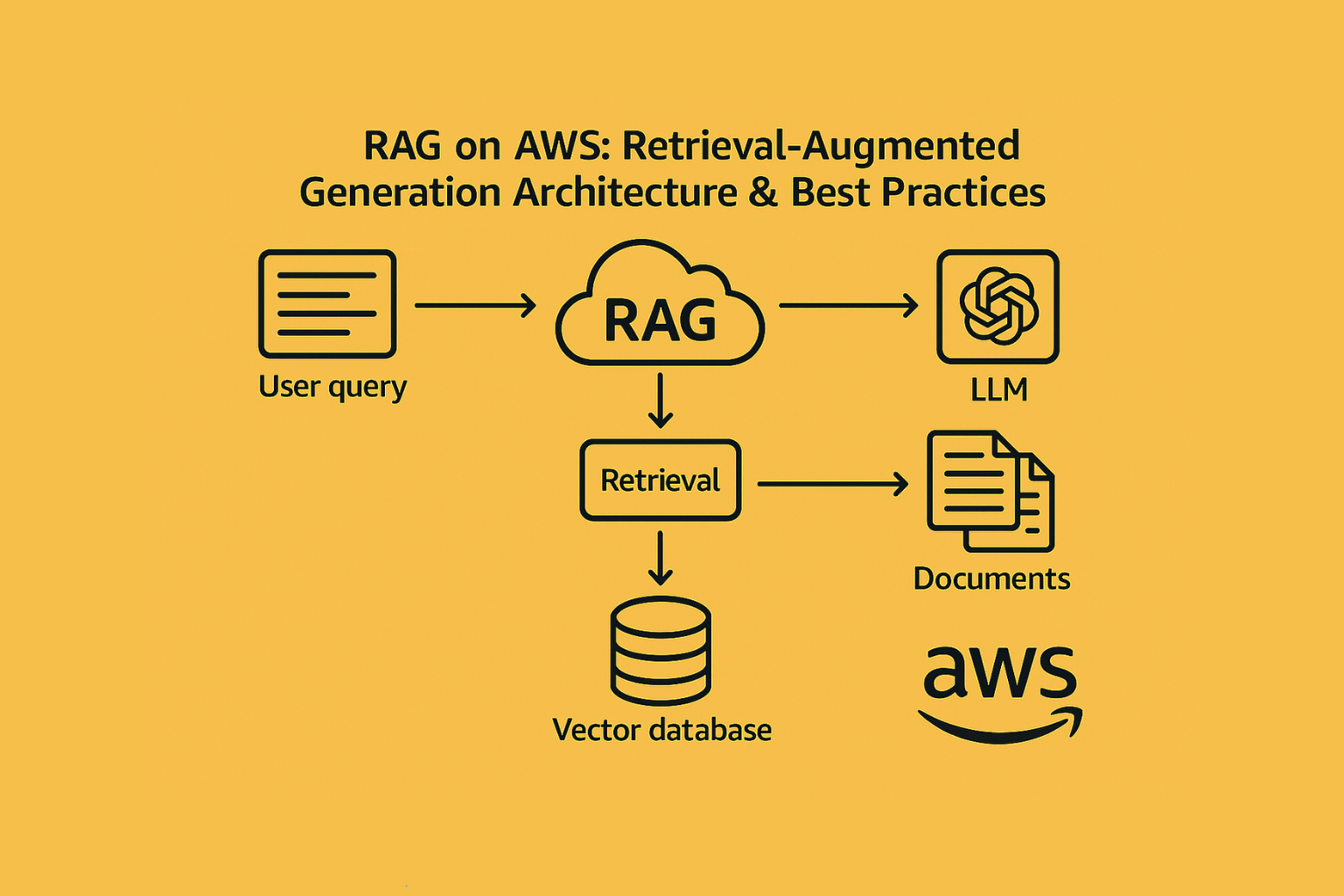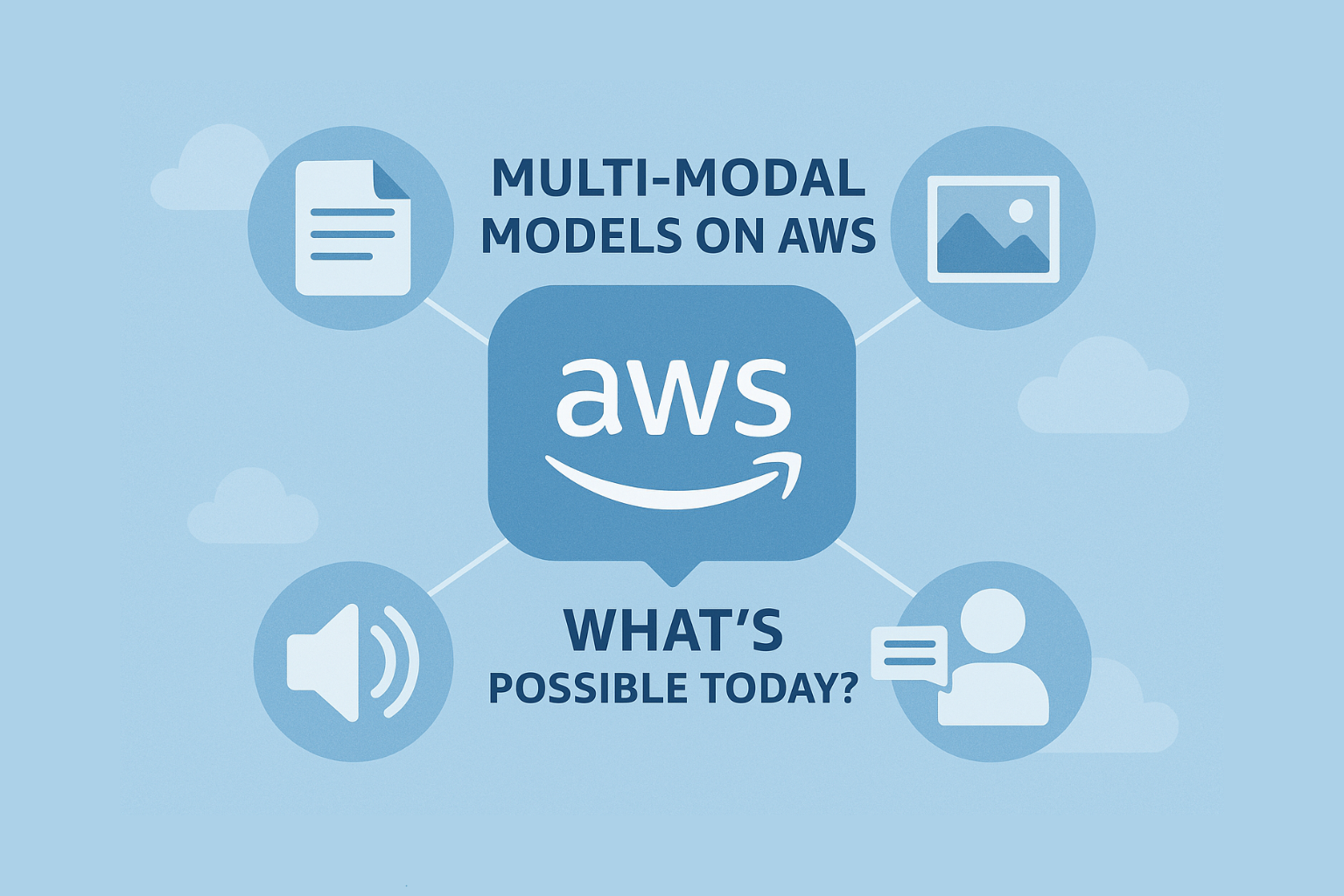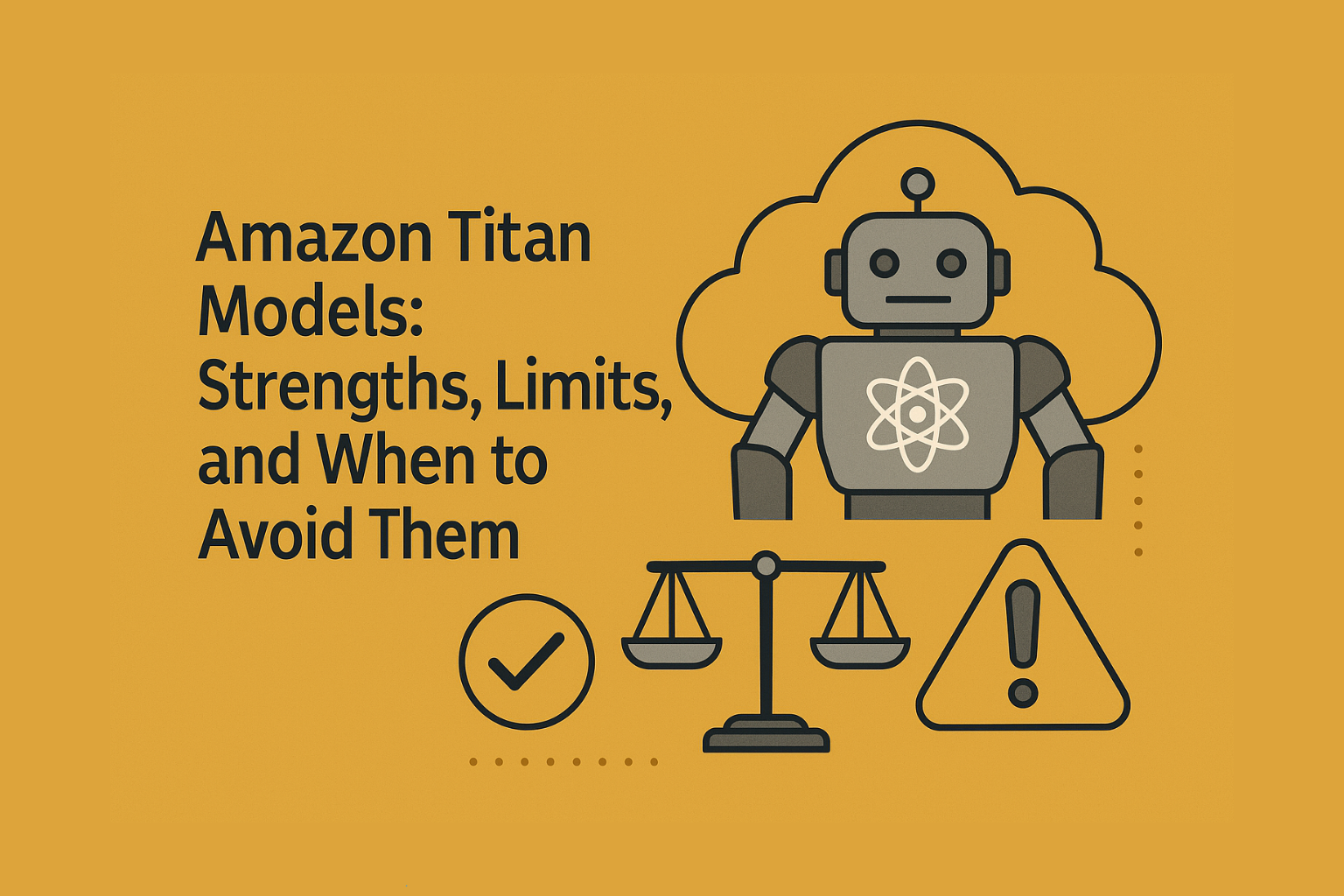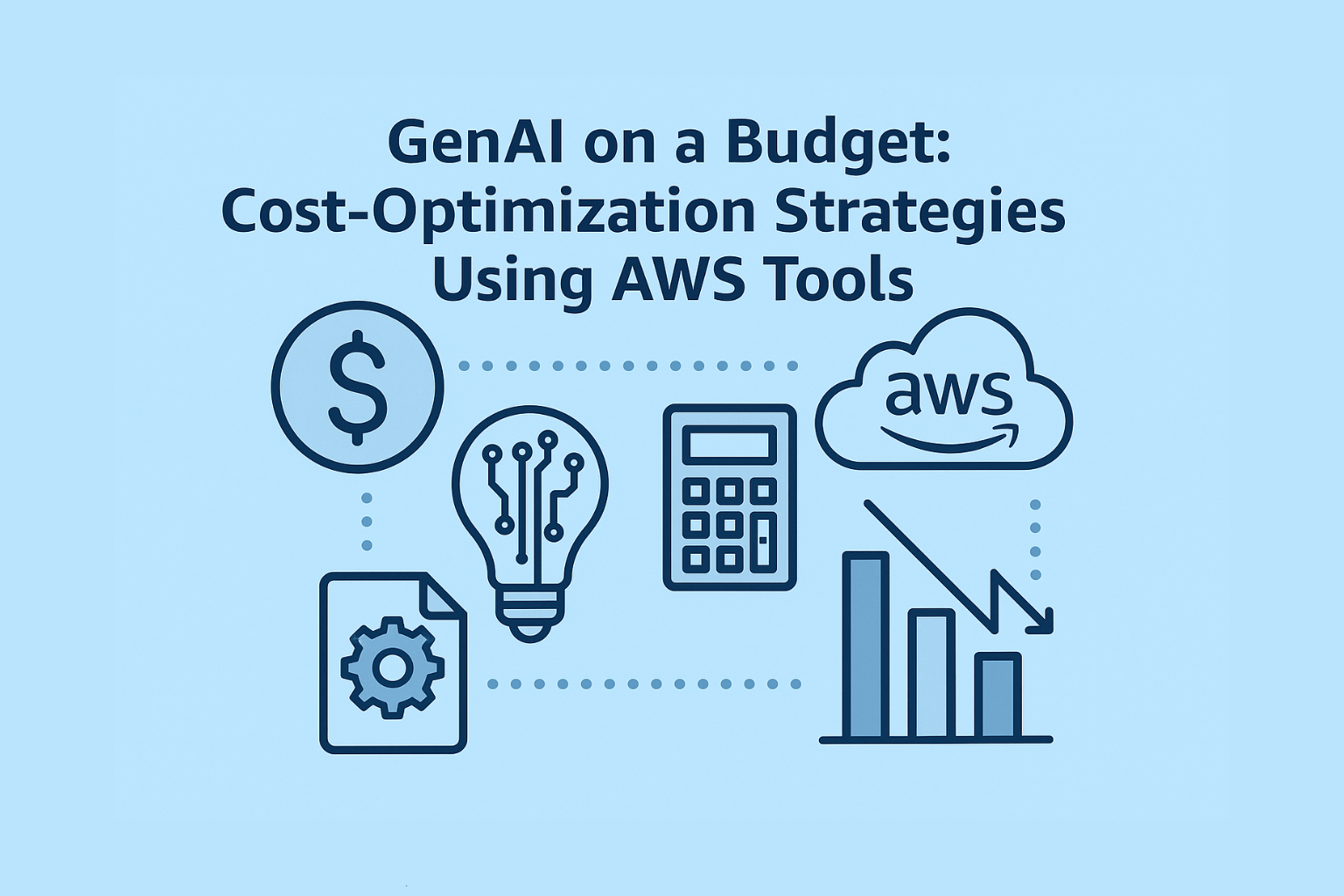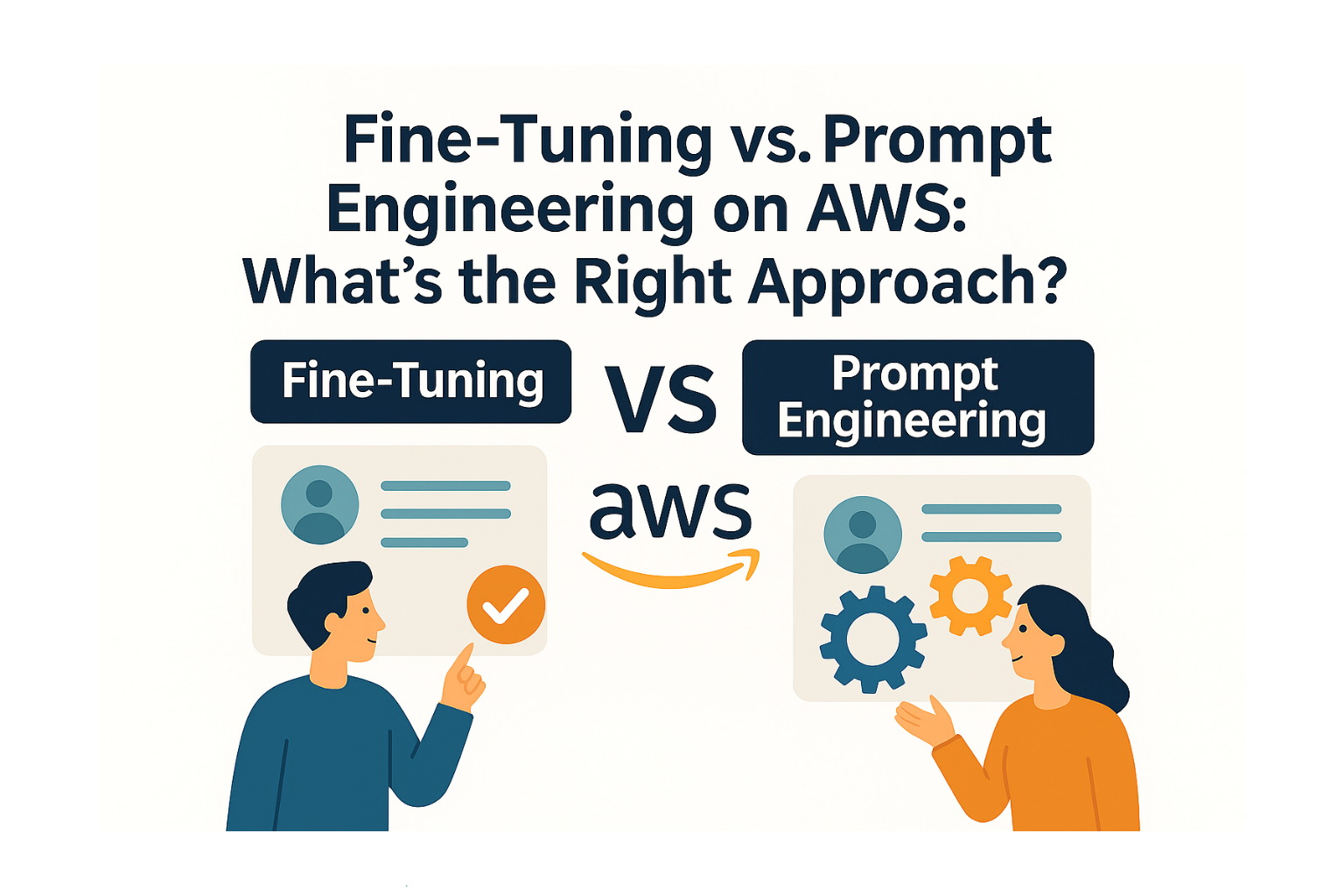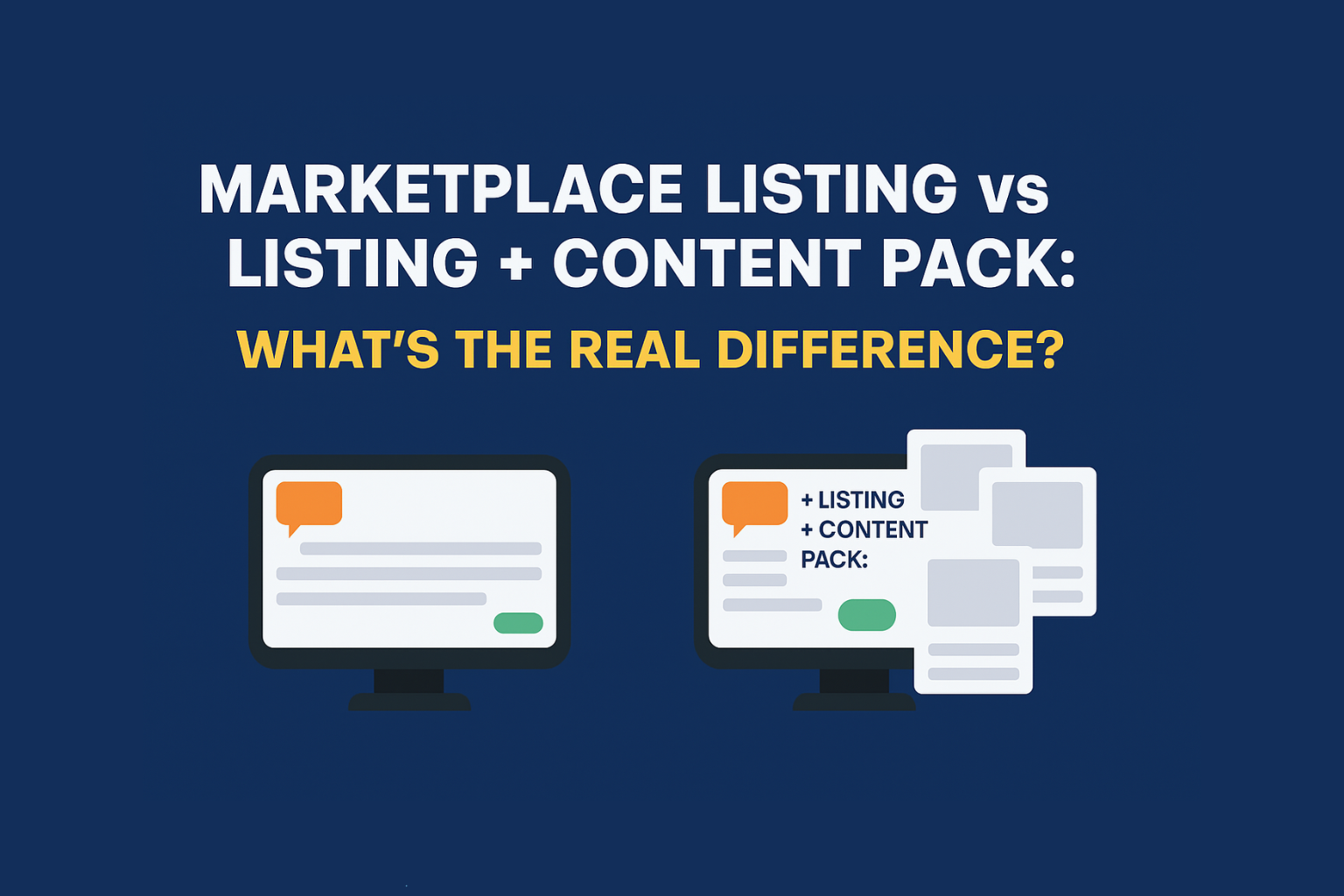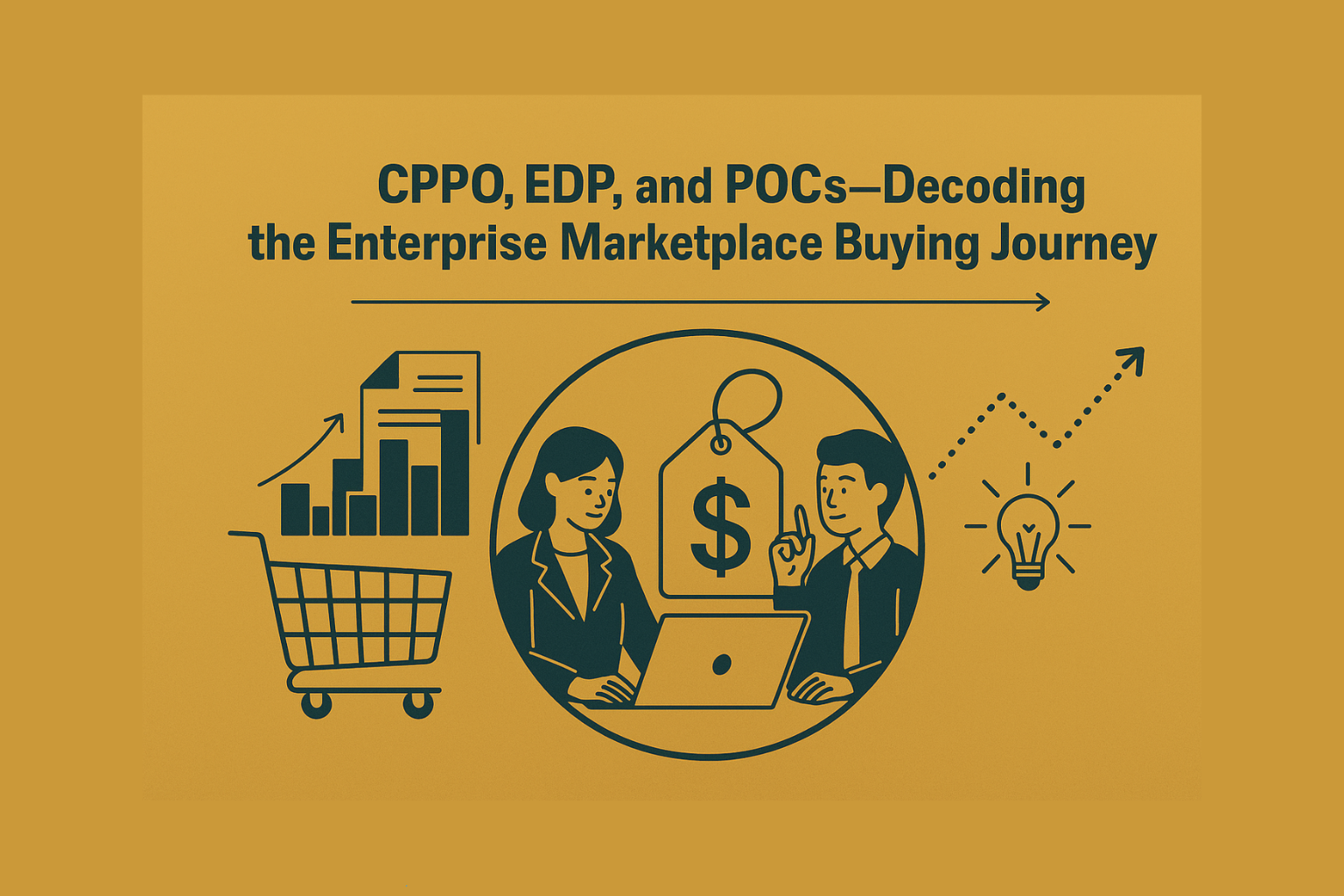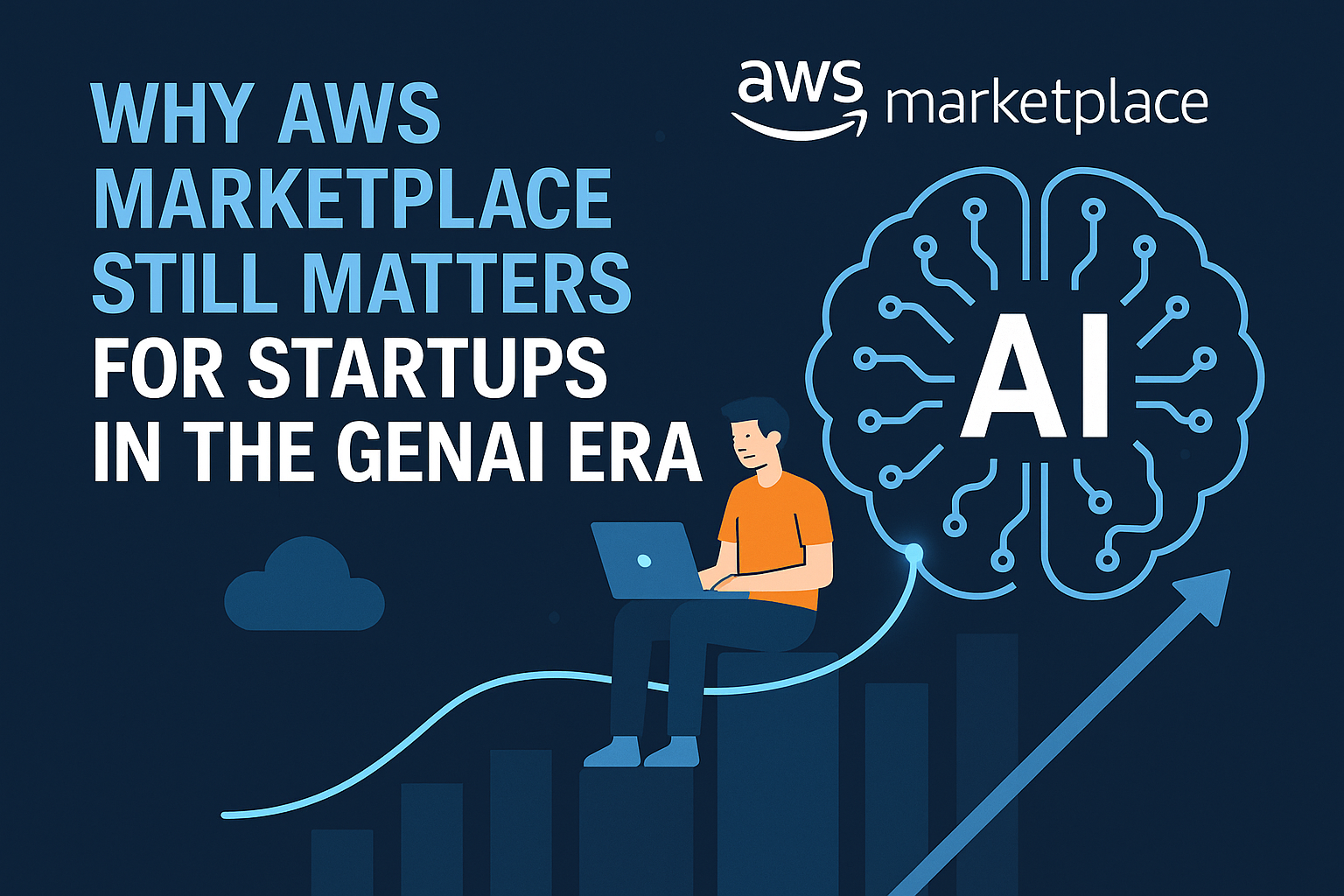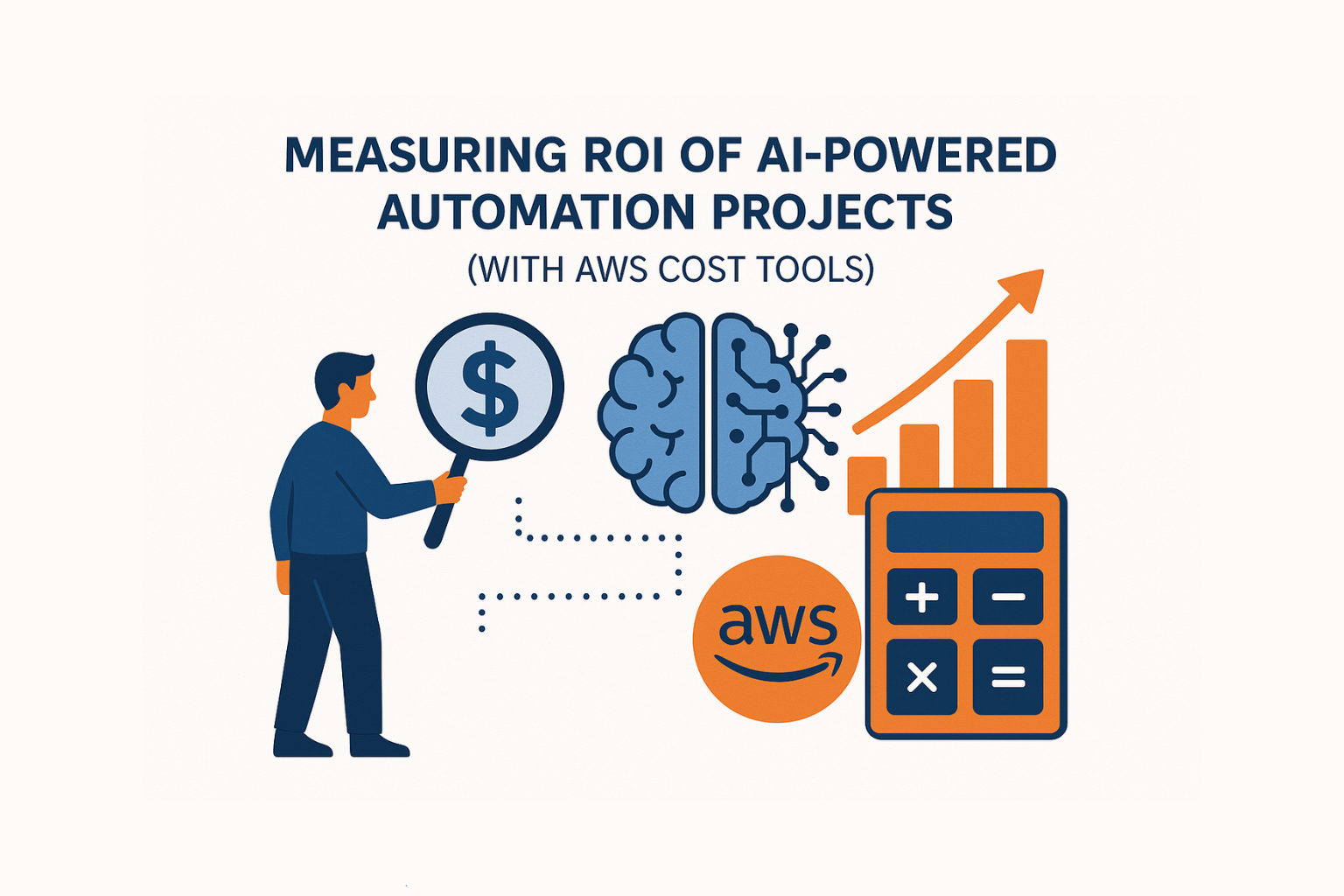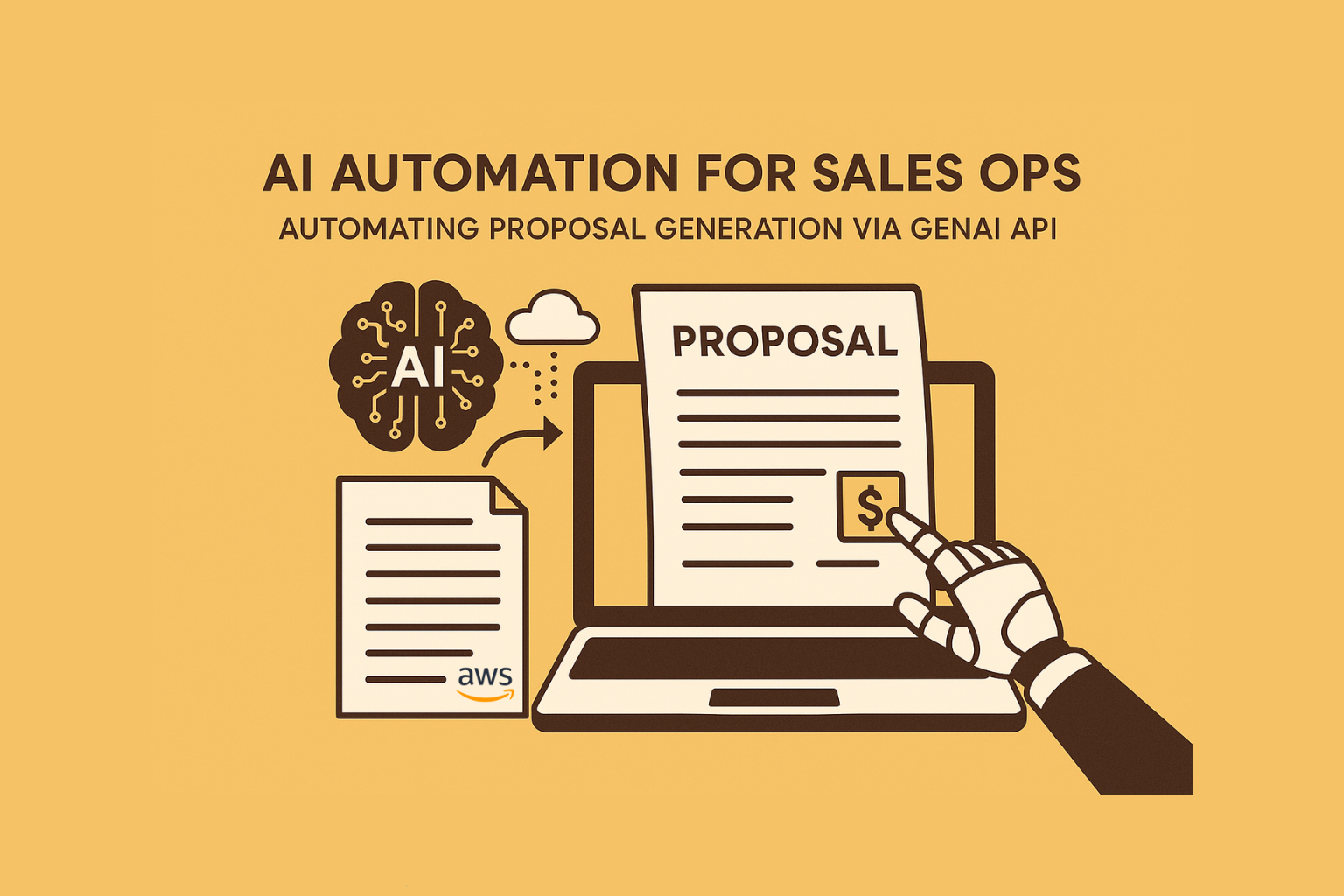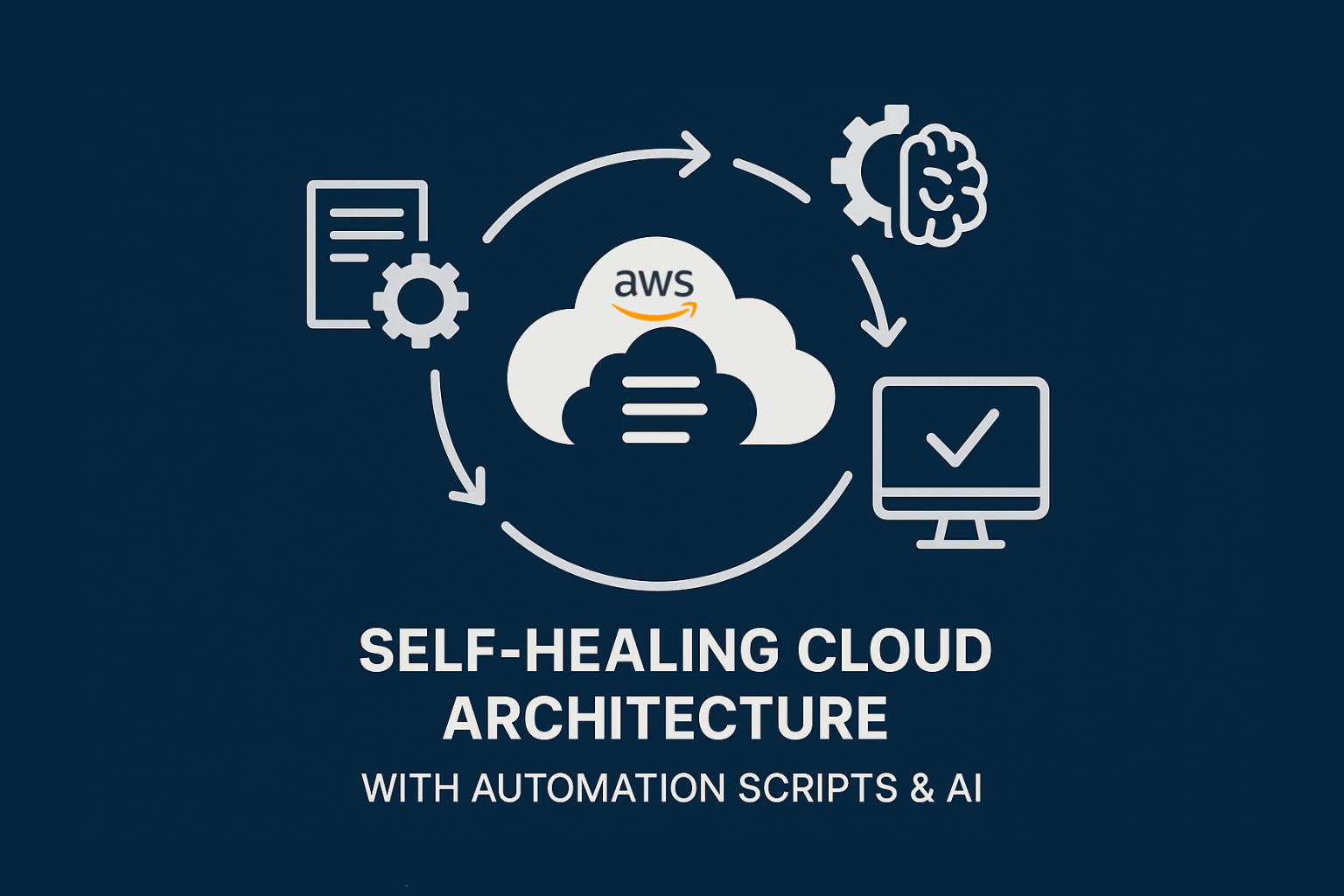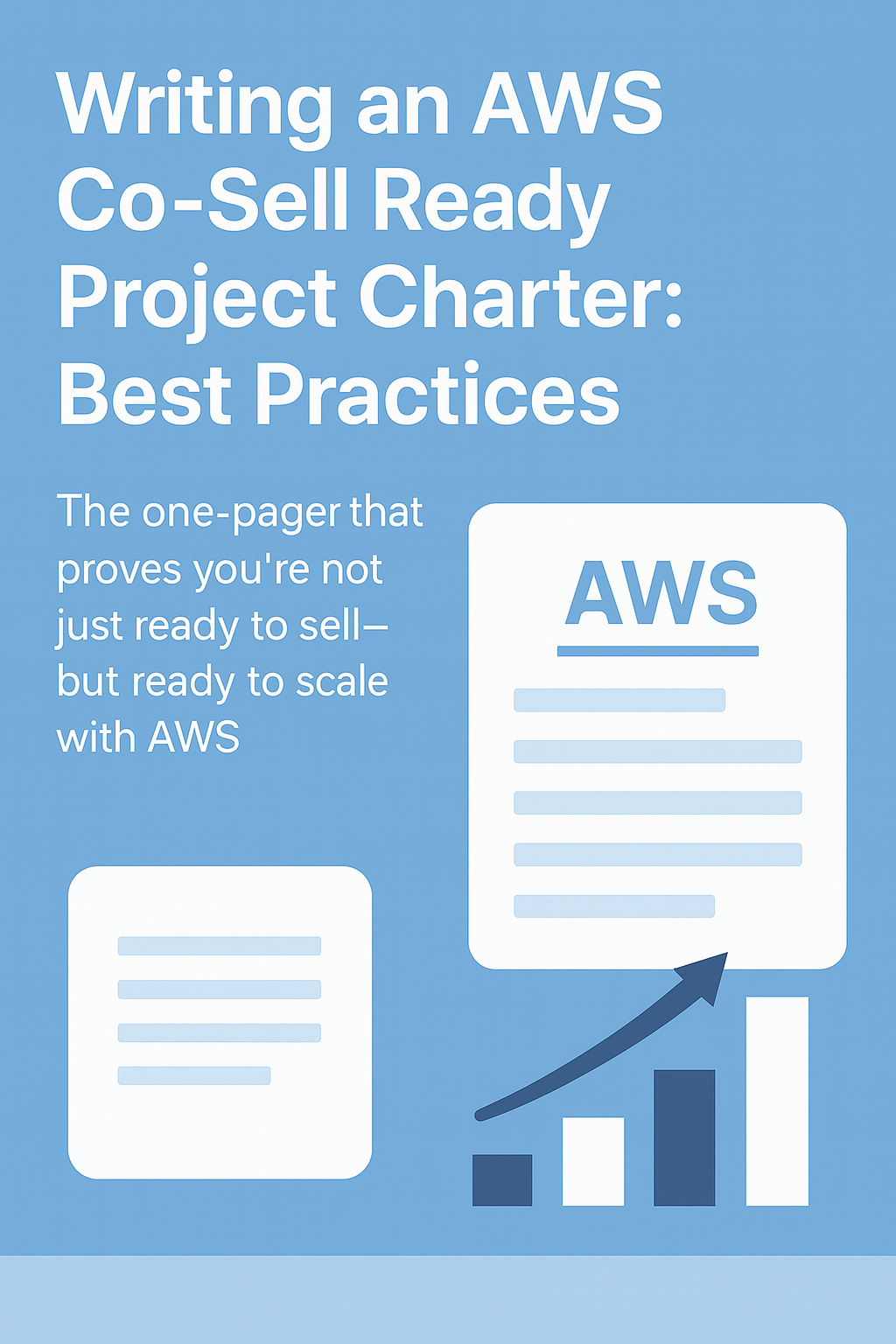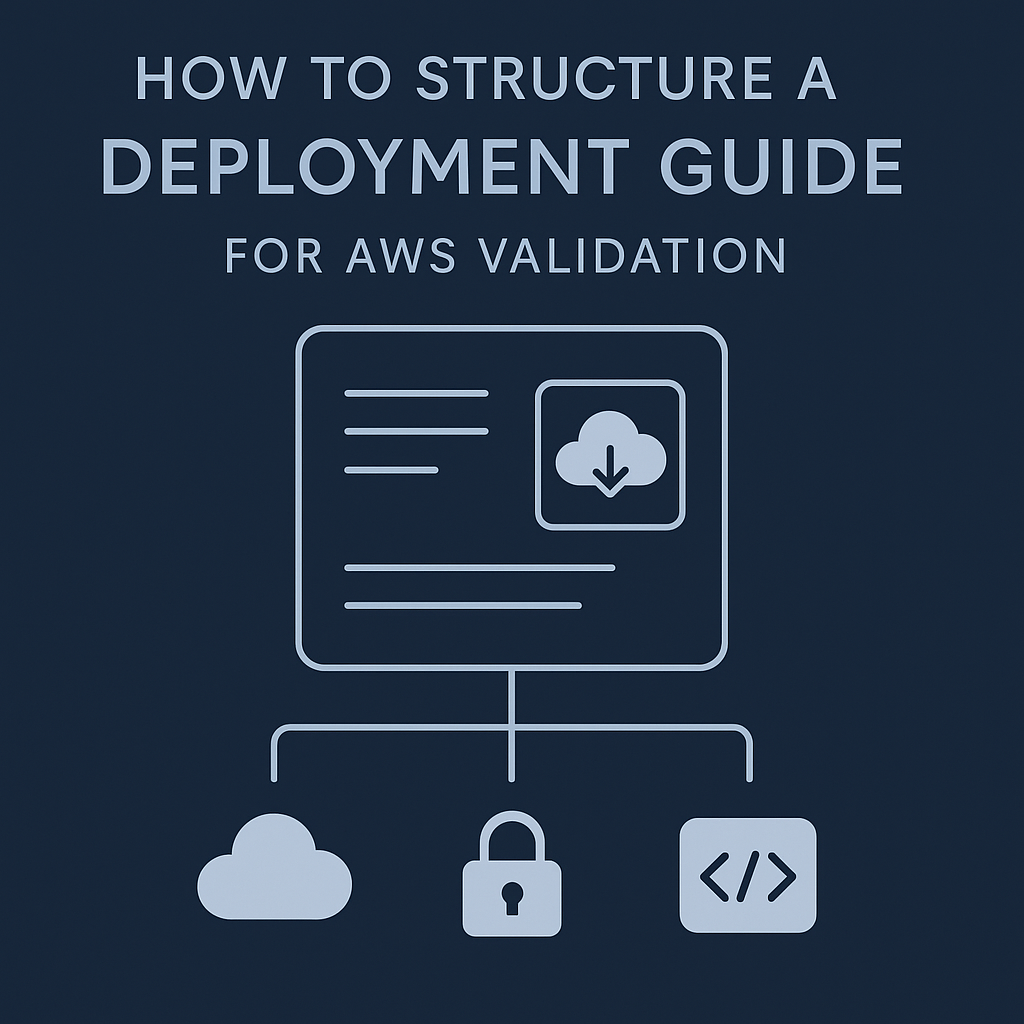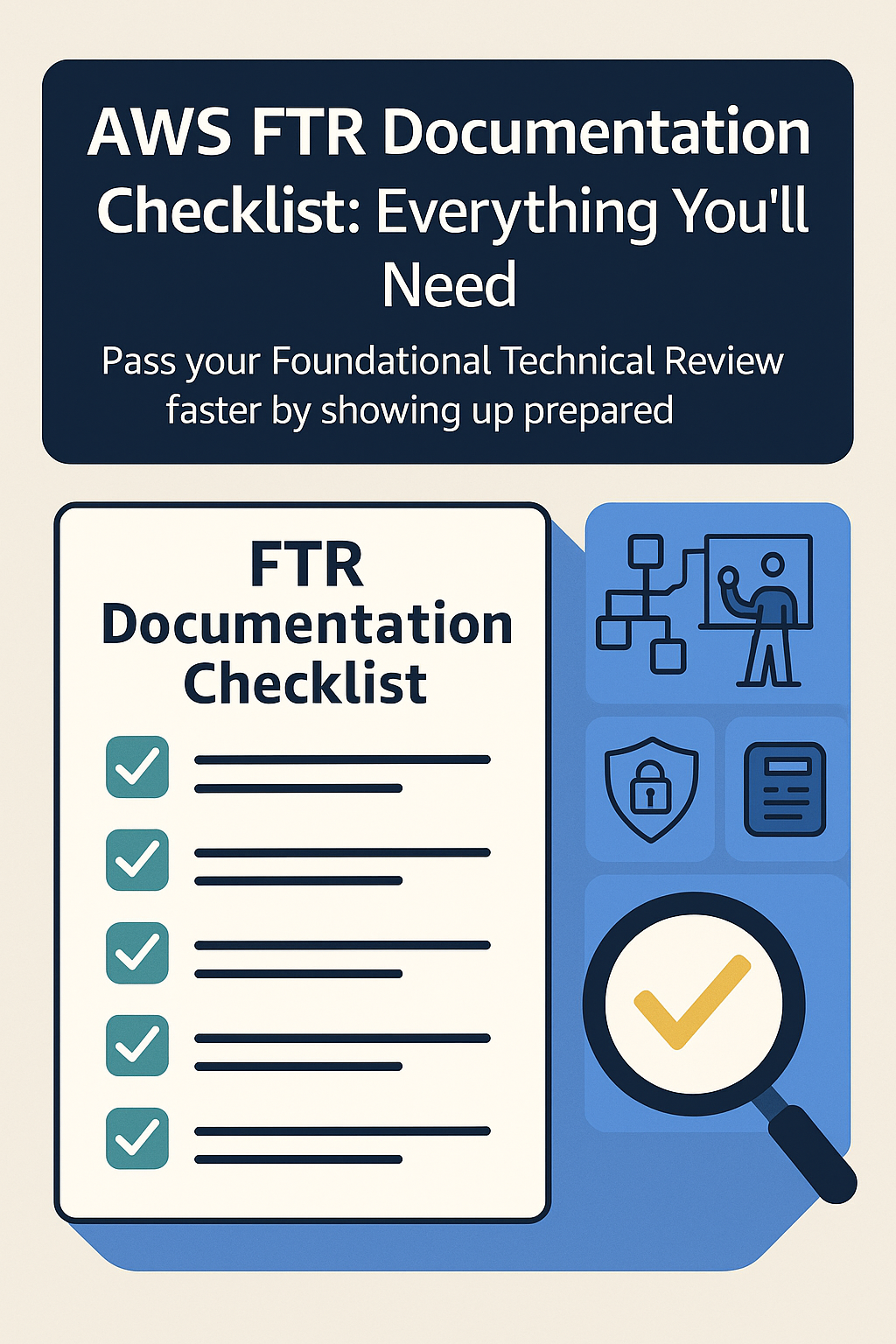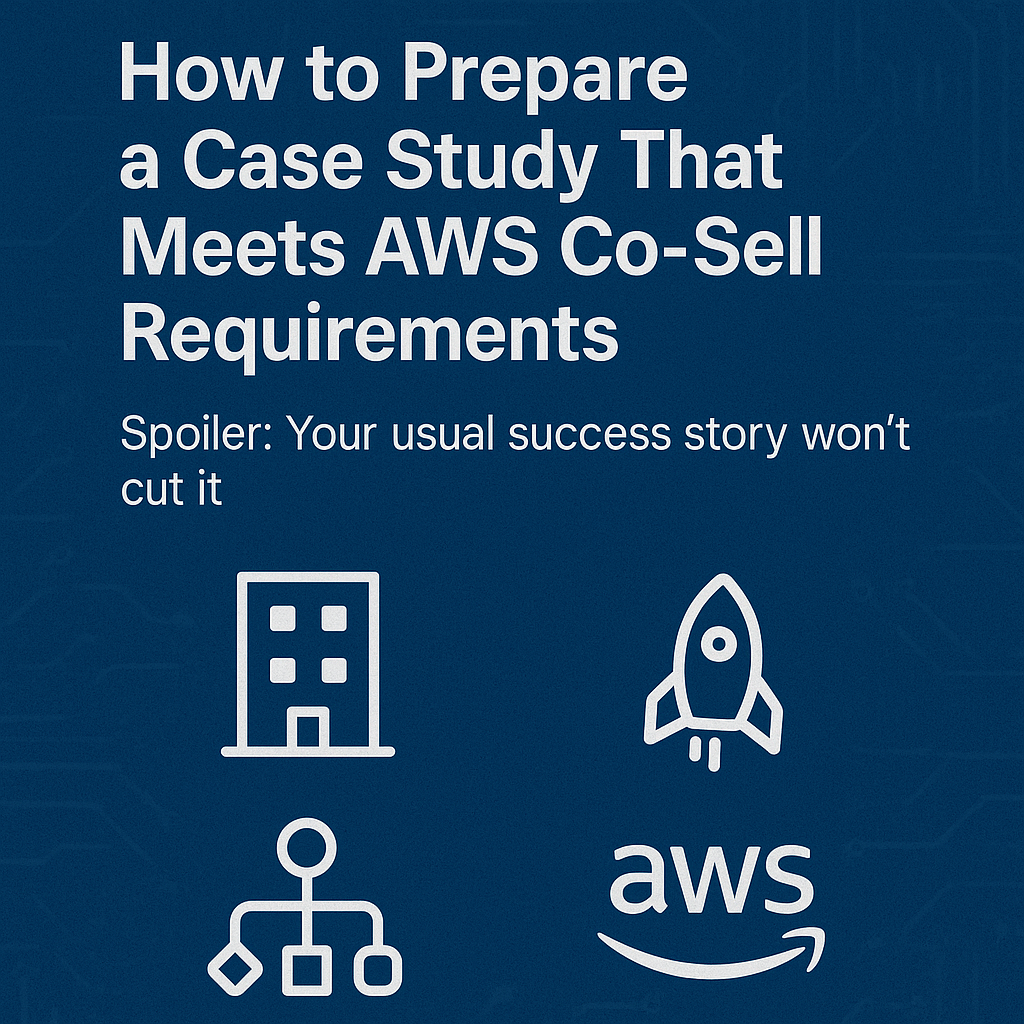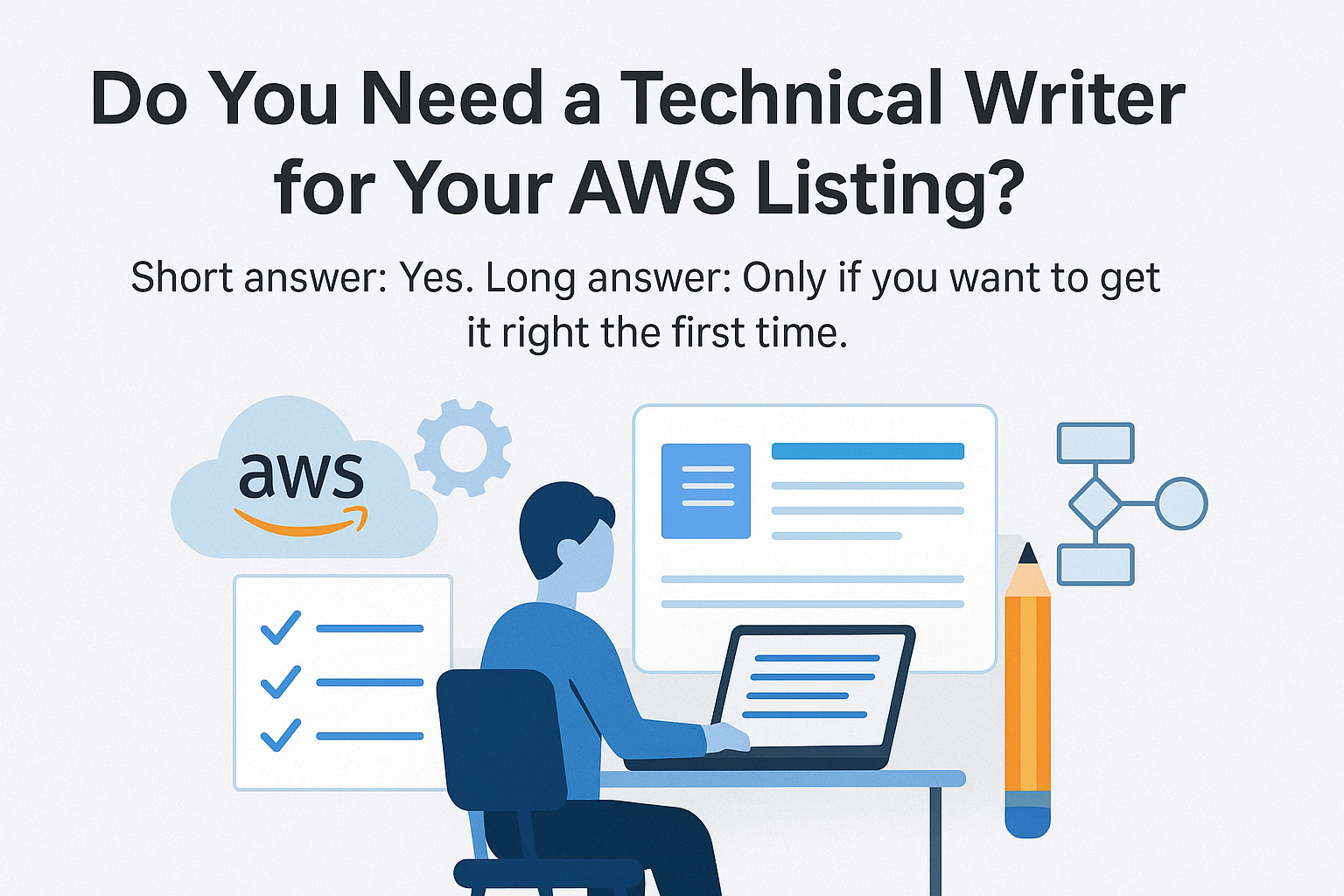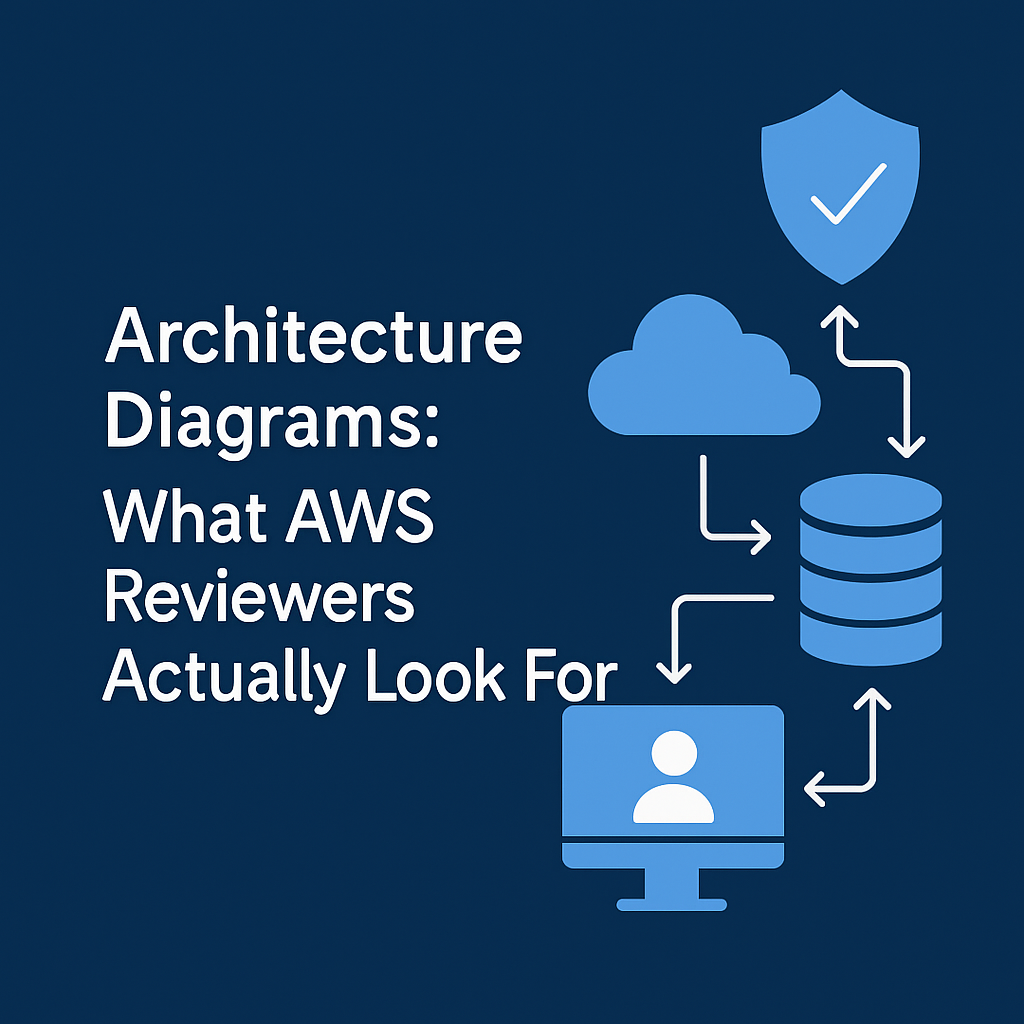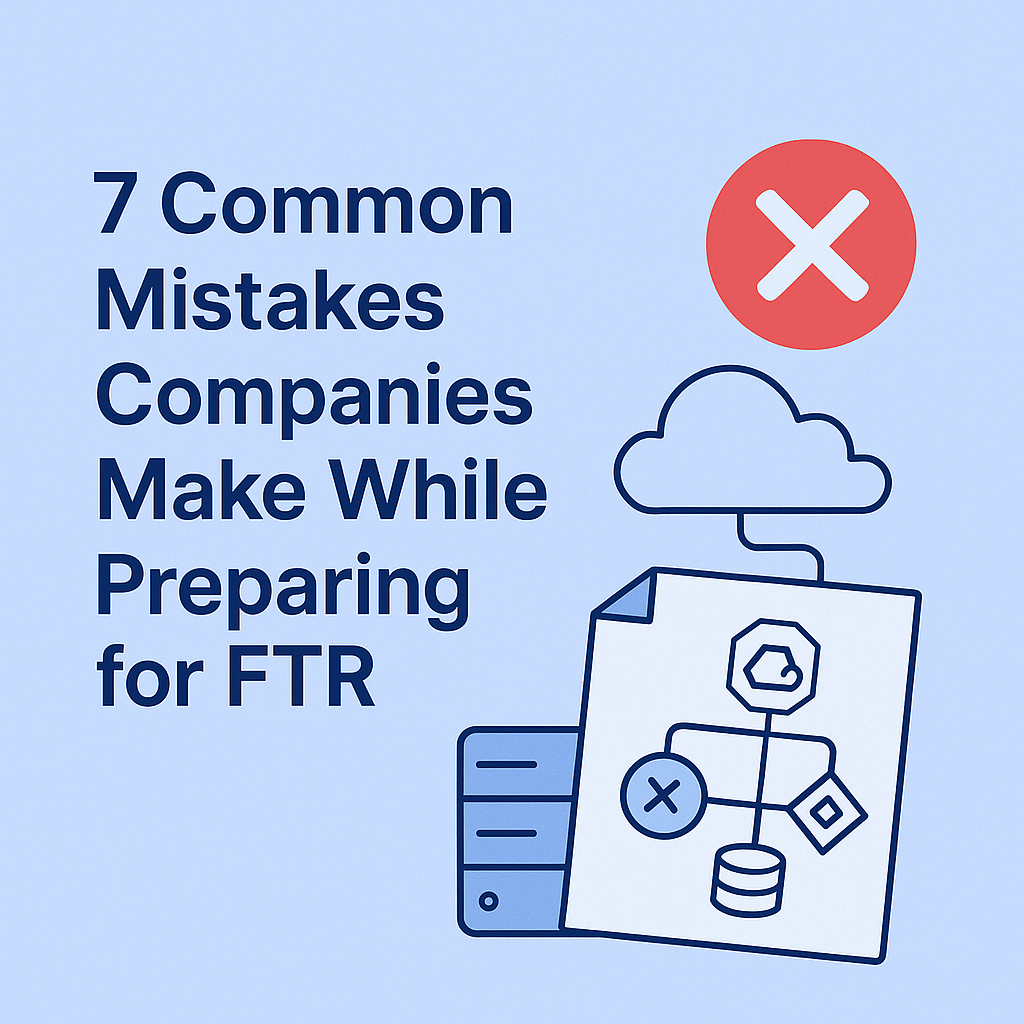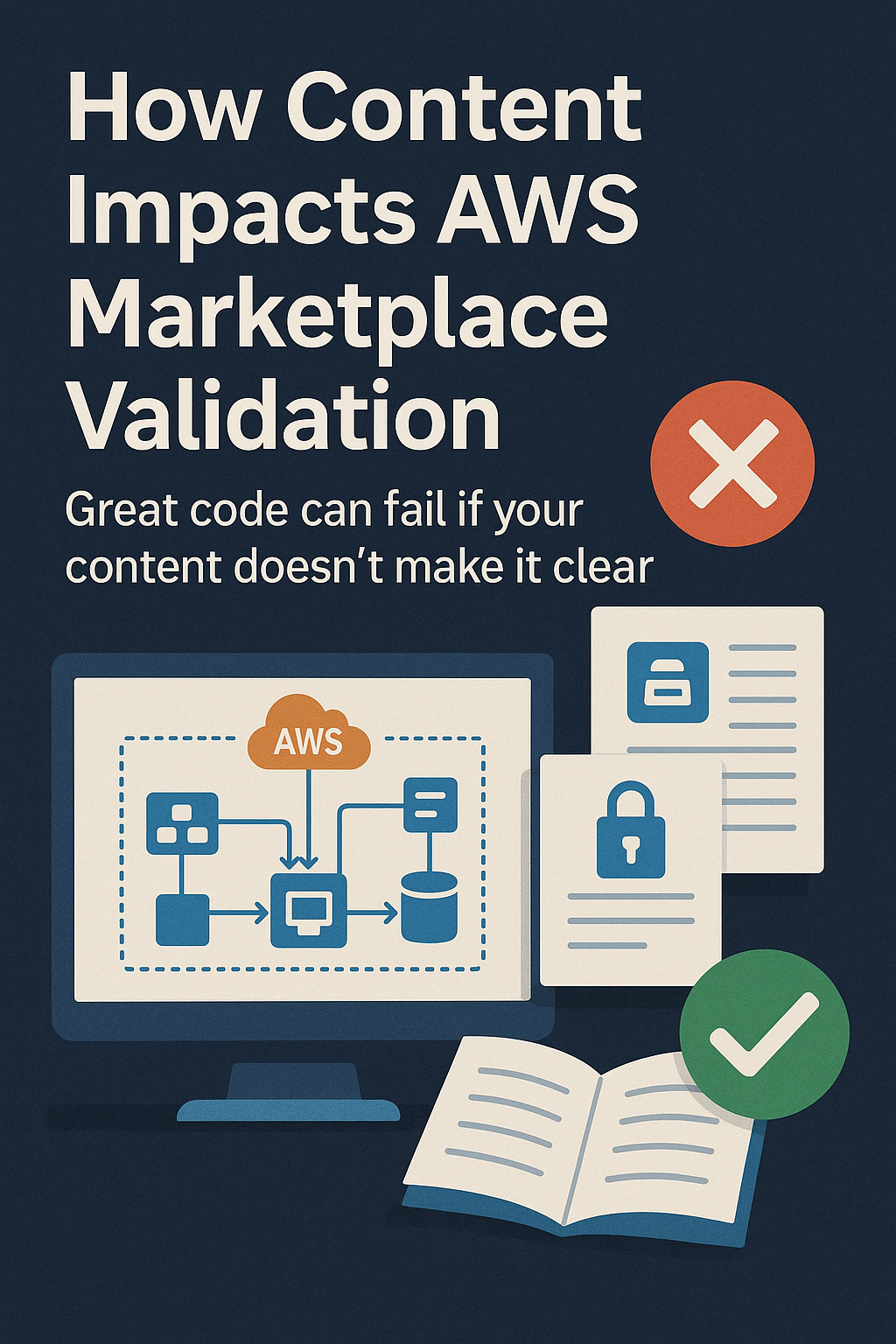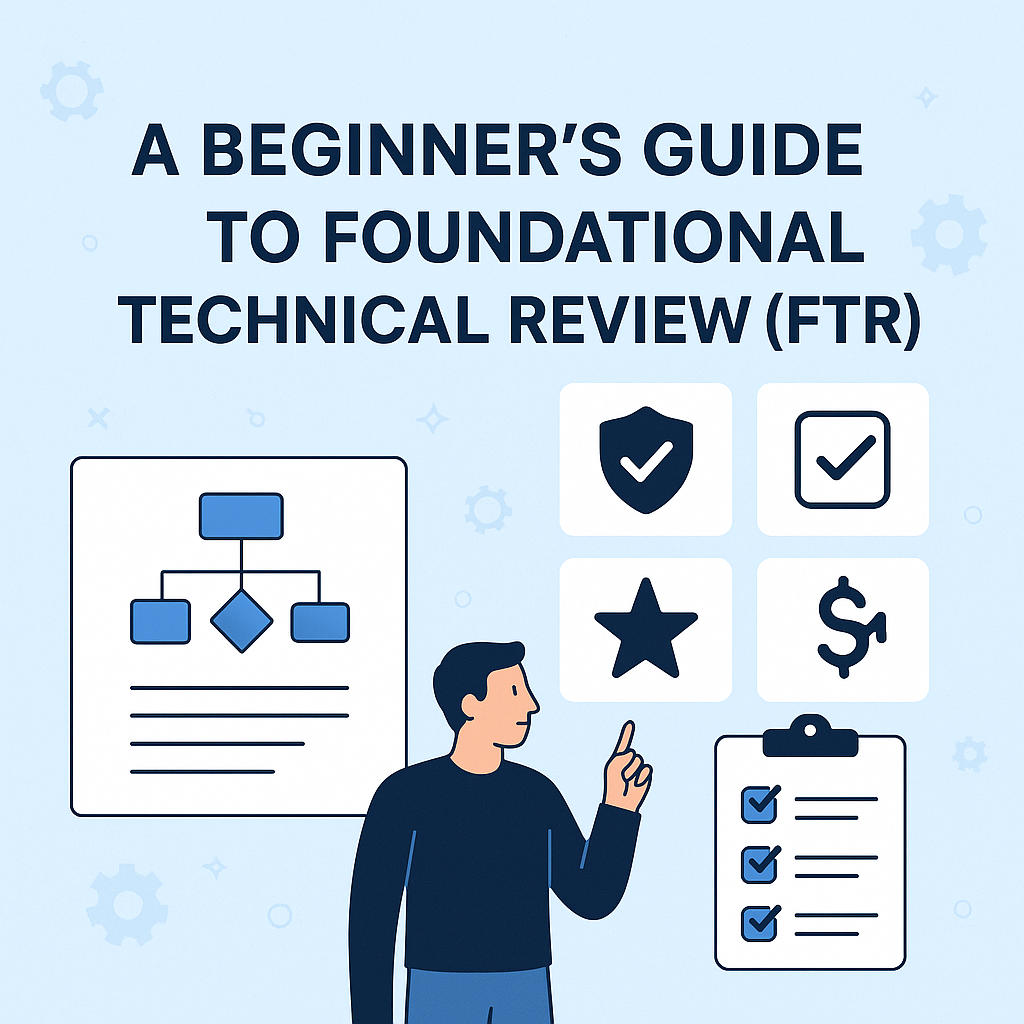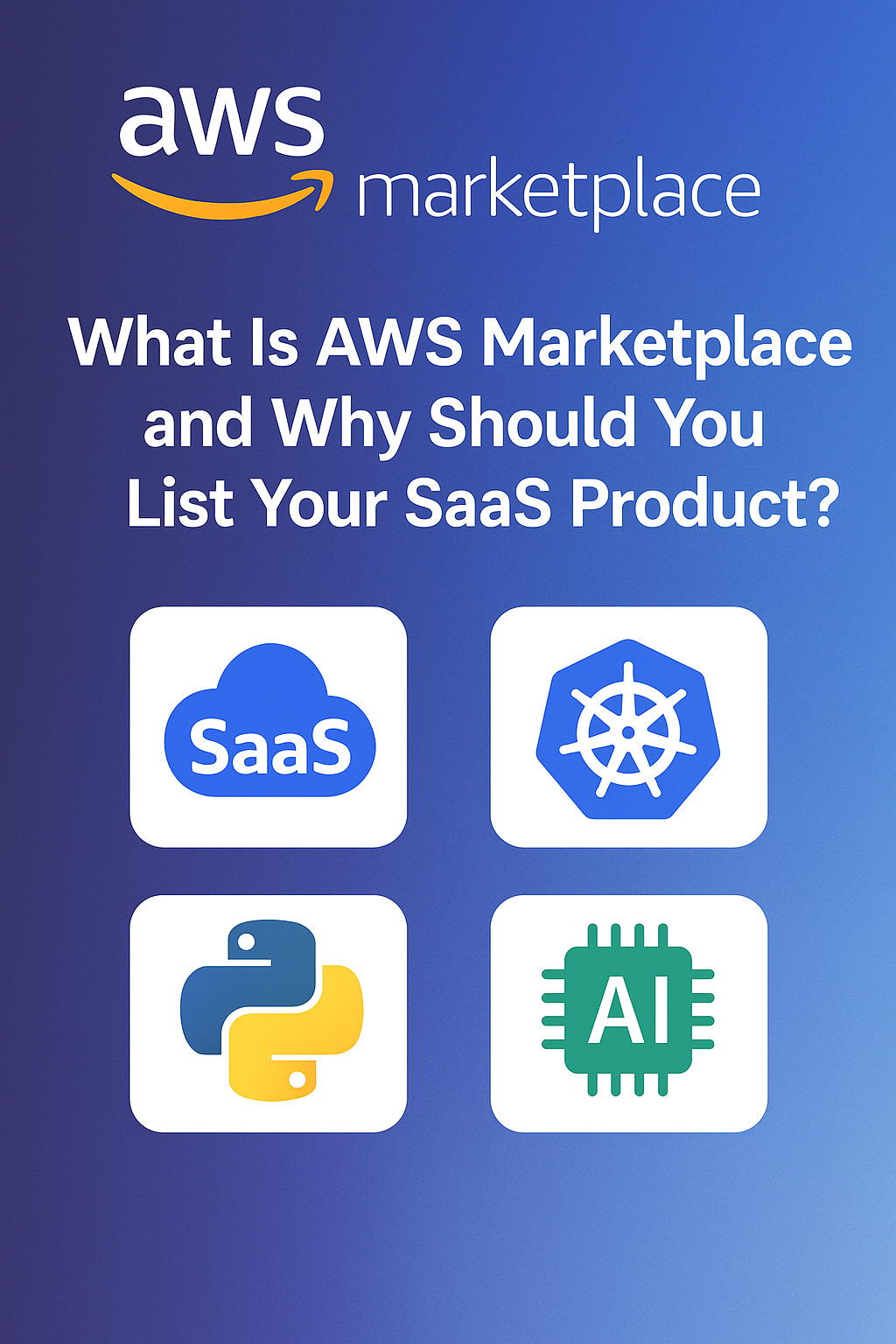You’re not being rejected because your product isn’t good; it’s because your story isn’t clear
Introduction
You’ve built the product. It works. It’s deployed on AWS.
So why did your FTR or Co-Sell submission get delayed…or rejected?
Because there’s often a huge gap between what AWS wants and what most startups submit.
This blog outlines the most common mismatches between founder-submitted content and AWS reviewer expectations, and shows you how to fix them before they slow you down.
AWS Reviewers Are Looking For:
| What They Want | Why It Matters |
|---|---|
| Clear architecture using AWS services | Helps validate technical feasibility and best practices |
| Documented security posture | Builds trust for compliance and customer readiness |
| Customer use case with AWS integration | Proves Co-Sell value and real-world applicability |
| Deployment guide for repeatability | Ensures the product can scale, not just launch |
| Reusable GTM narrative | Helps Partner Managers pitch your solution to sellers |
If AWS can’t explain your product internally, they won’t support it externally
What Founders Often Submit Instead
| What Gets Submitted | Why It Slows You Down |
|---|---|
| Feature-heavy product decks | No AWS context, no deployment path |
| Generic security statements | “We use encryption” isn’t enough |
| Marketing copy-paste website content | Too fluffy, lacks structure |
| Unlabeled architecture PDFs | Confusing visuals with missing service names |
| Case studies with no AWS services mentioned | Doesn’t prove infrastructure fit or performance on AWS |
This doesn’t mean your product is weak; it means your documentation doesn’t reflect your product’s strengths in the language AWS understands.
Examples of the Gap (and the Fix)
Founder Submission:
“We offer AI-powered analytics that improve business outcomes with real-time dashboards.”
What AWS Wants:
“The solution uses Amazon Redshift for near-real-time analytics, with dashboards hosted via Amazon QuickSight. The system ingests ~5M events per hour, processing in under 3 seconds on average.”
Founder Submission:
“We secure data end-to-end.”
What AWS Wants:
“The platform uses AWS KMS for key management, encrypts data at rest using AES-256 via Amazon S3, and logs access events with AWS CloudTrail.”
Founder Submission:
“We help customers automate workflows in finance and healthcare.”
What AWS Wants:
“In Q2, we helped HealthSync automate claims processing using our SaaS app deployed on AWS ECS with integrated RDS. Processing time dropped from 3 hours to 20 minutes.”
Where the Disconnect Happens Most
| Section | The Gap |
|---|---|
| Solution Overview | Too vague, not buyer or use case focused |
| Architecture Diagram | Missing services, flows, or layers |
| Security Section | Lacks specifics on encryption, IAM, compliance |
| Case Studies | No metrics, no AWS service names |
| Deployment Guide | High-level steps, no reproducibility for AWS reviewers |
How to Fix the Gap Before You Submit
- Write like you’re presenting to AWS sellers and security teams, not your marketing audience
- Include AWS service names in every technical section
- Quantify outcomes in your case studies; even if approximate
- Include diagrams with flows and labeled architecture
- Build your content for reuse across FTR, Co-Sell, and Competency
The Bottom Line
Your AWS reviewer wants to approve your submission.
But they can only work with the content you give them.
The tighter the gap between what AWS expects and what you submit, the faster you go to market.
Want us to bridge the AWS content gap for you?
Contact us for more details.
